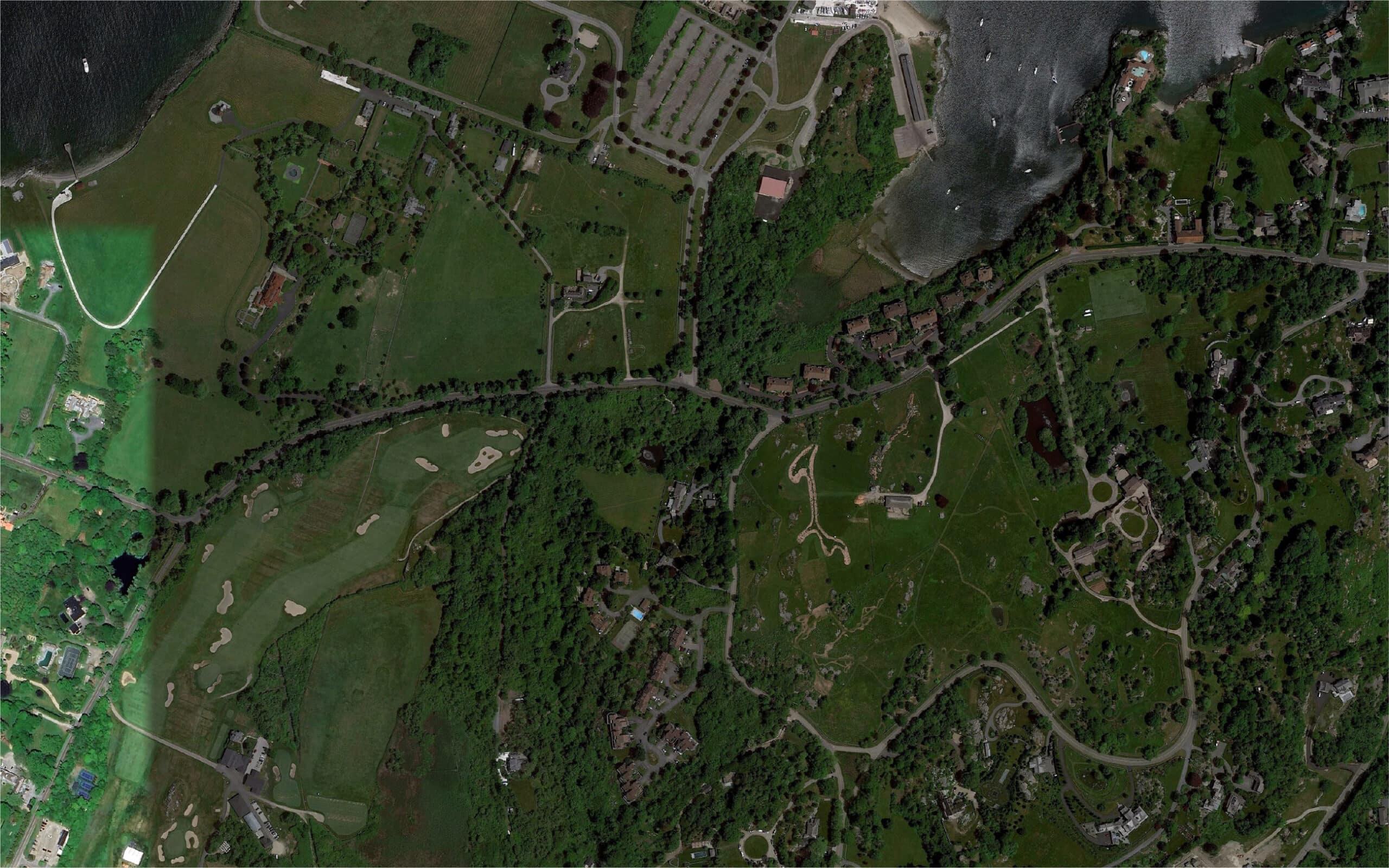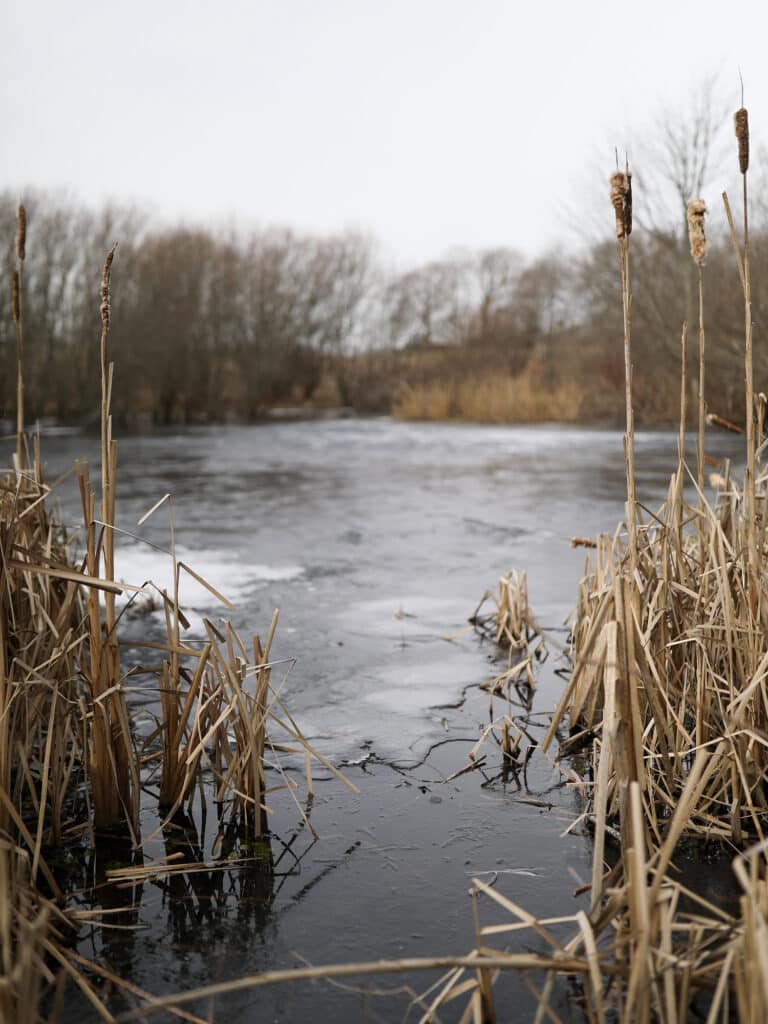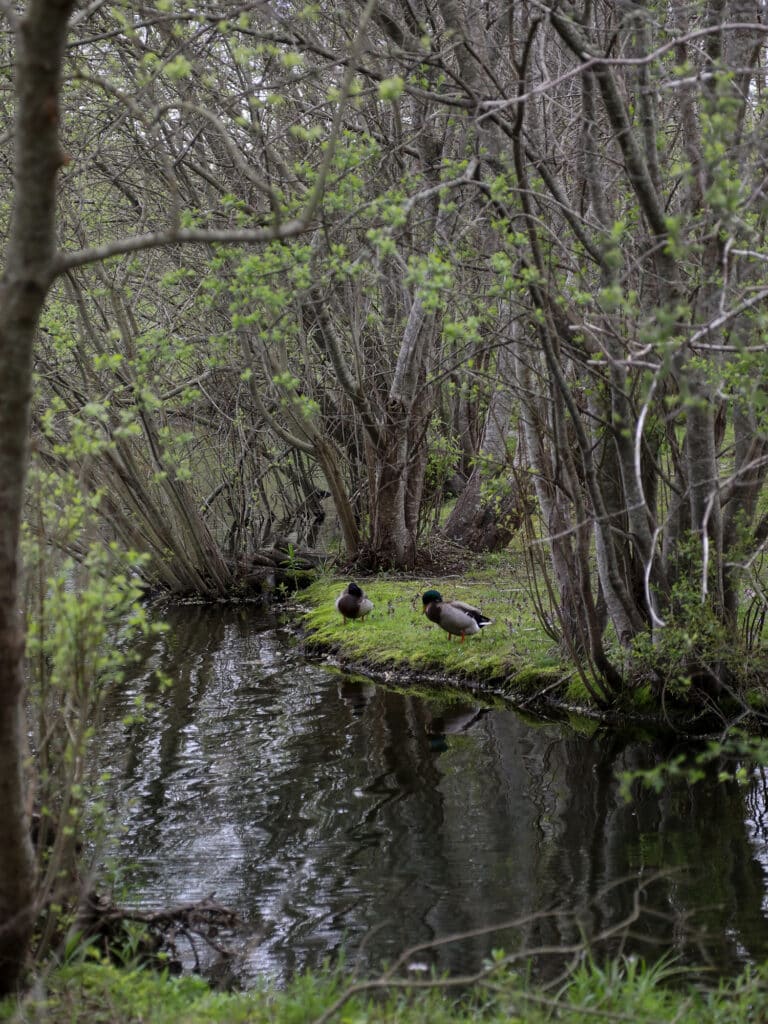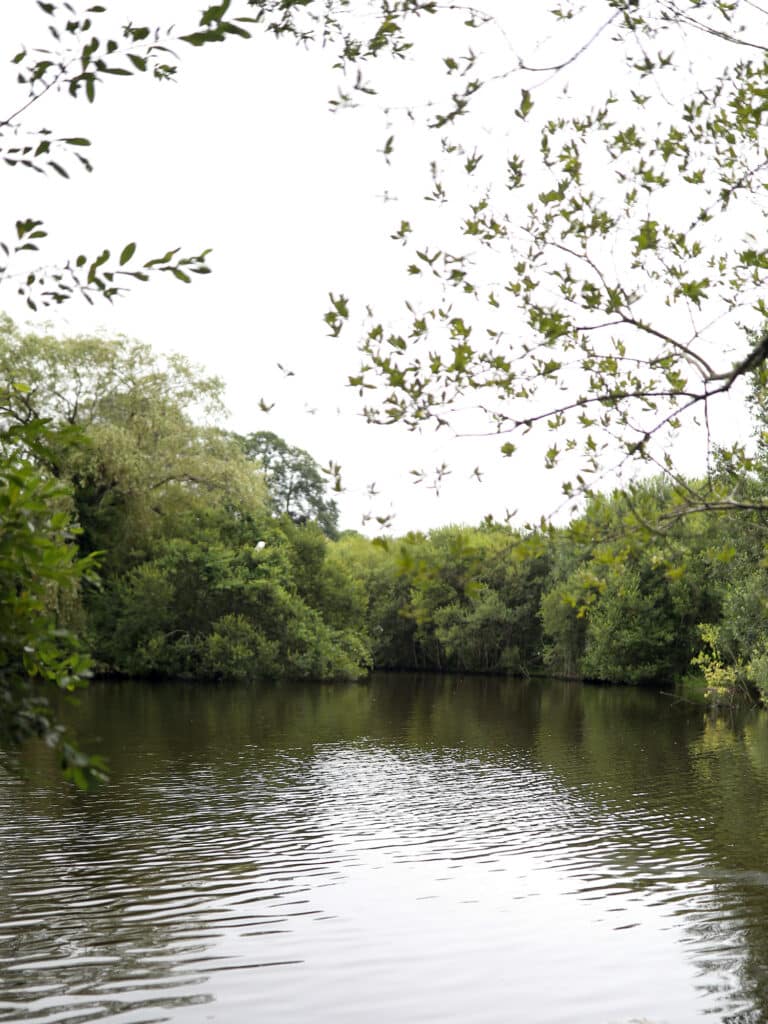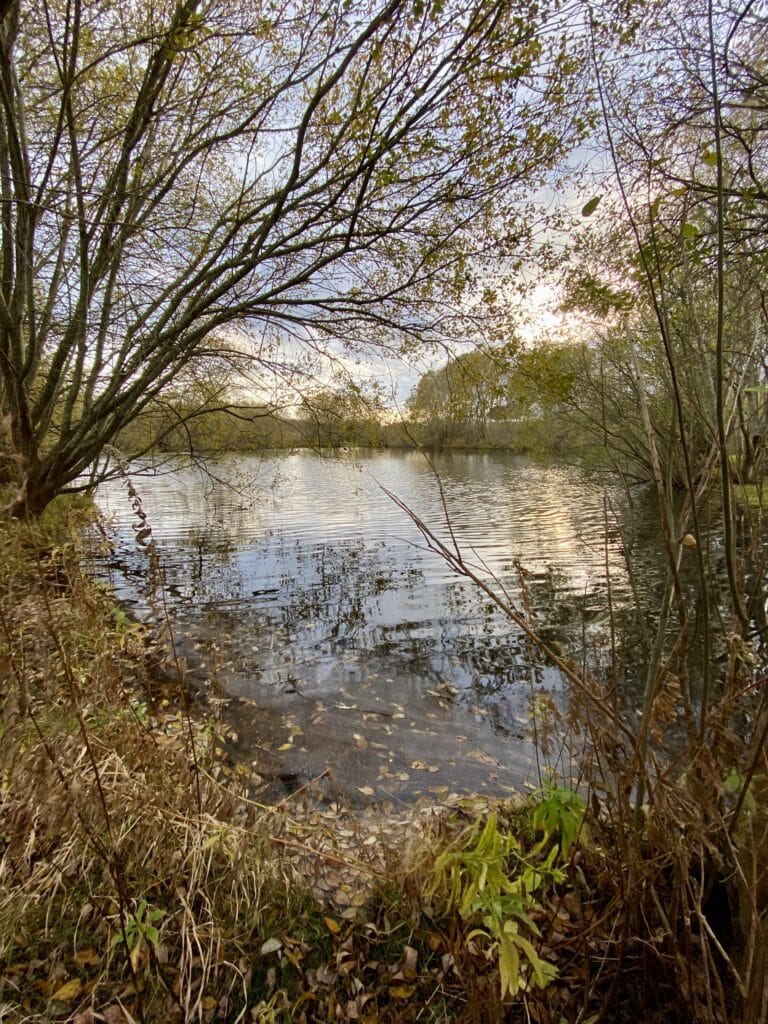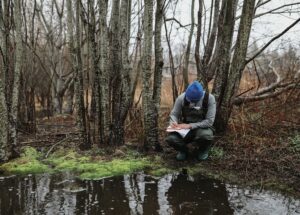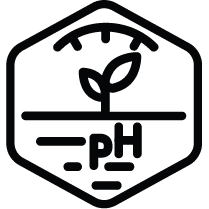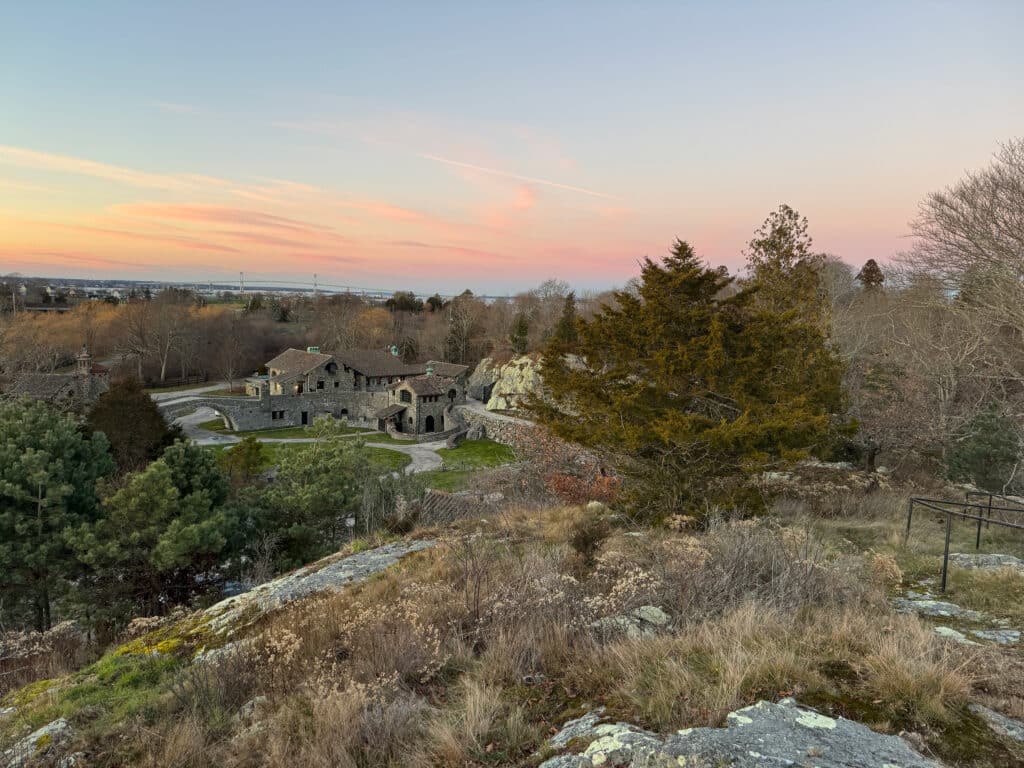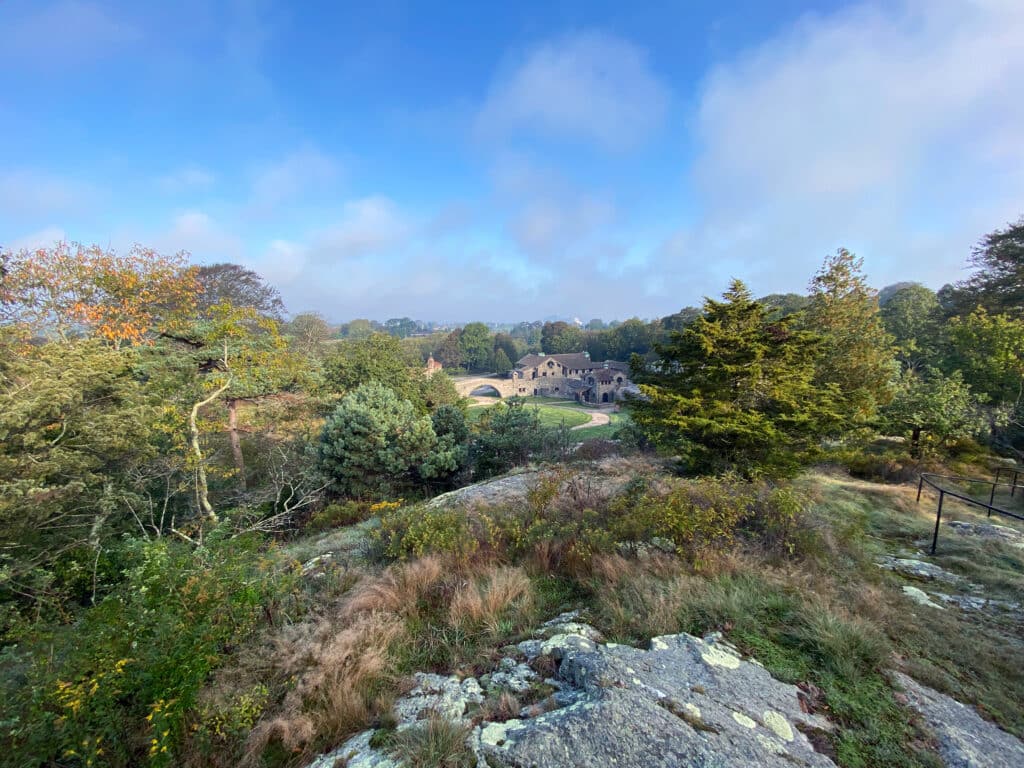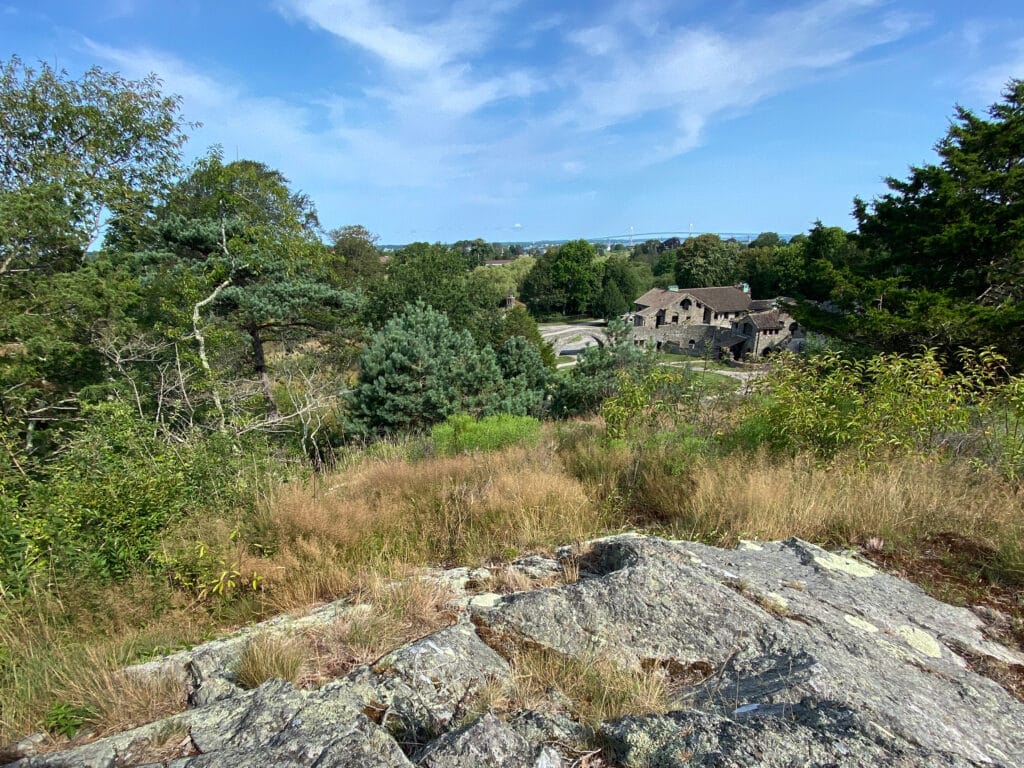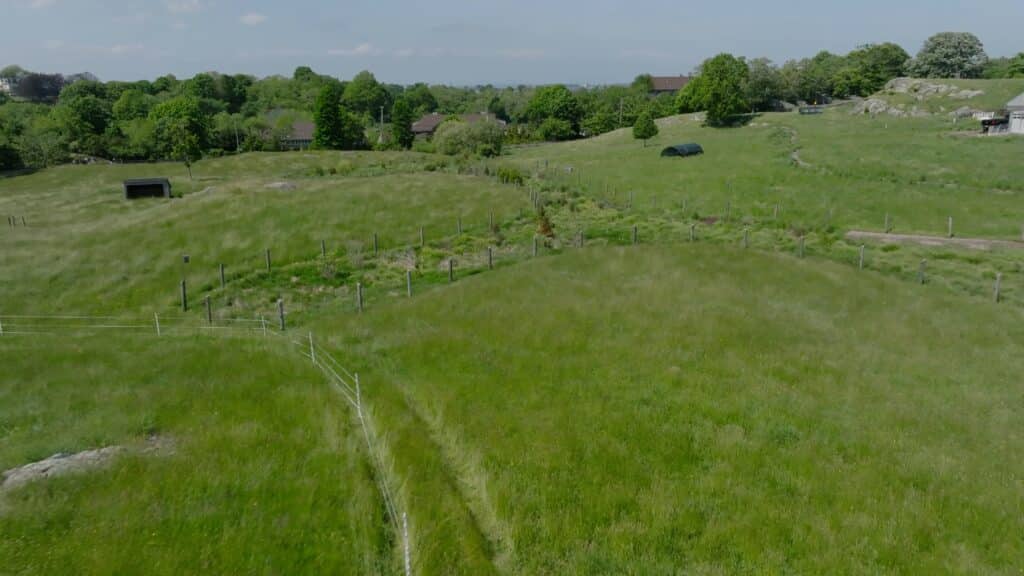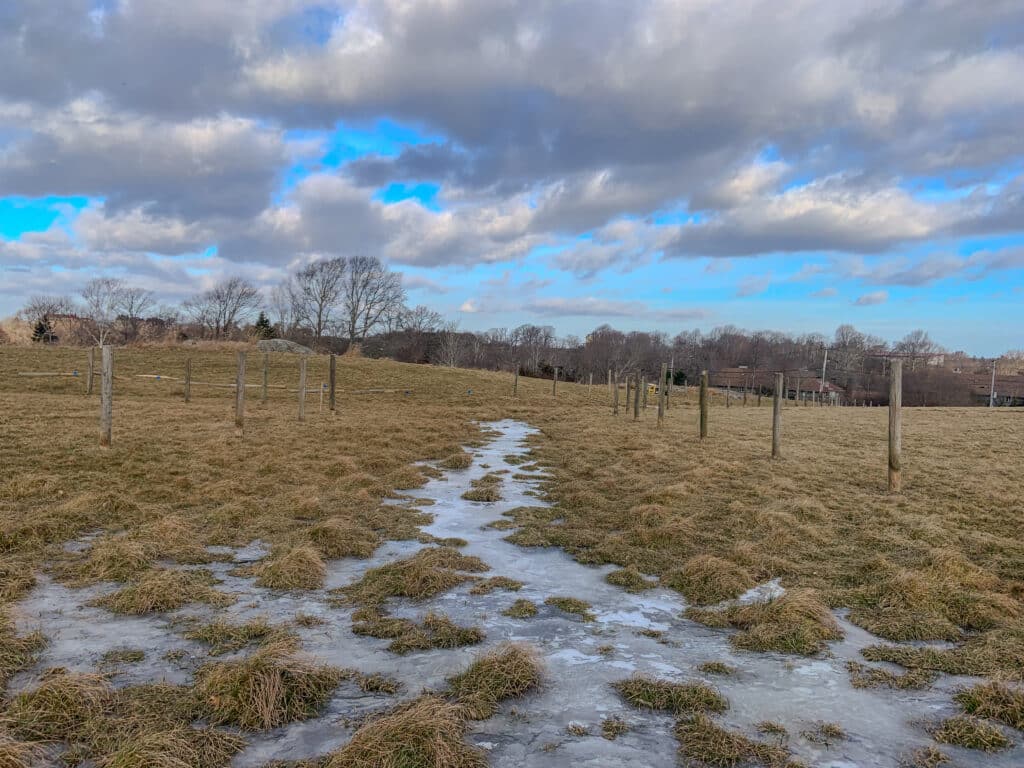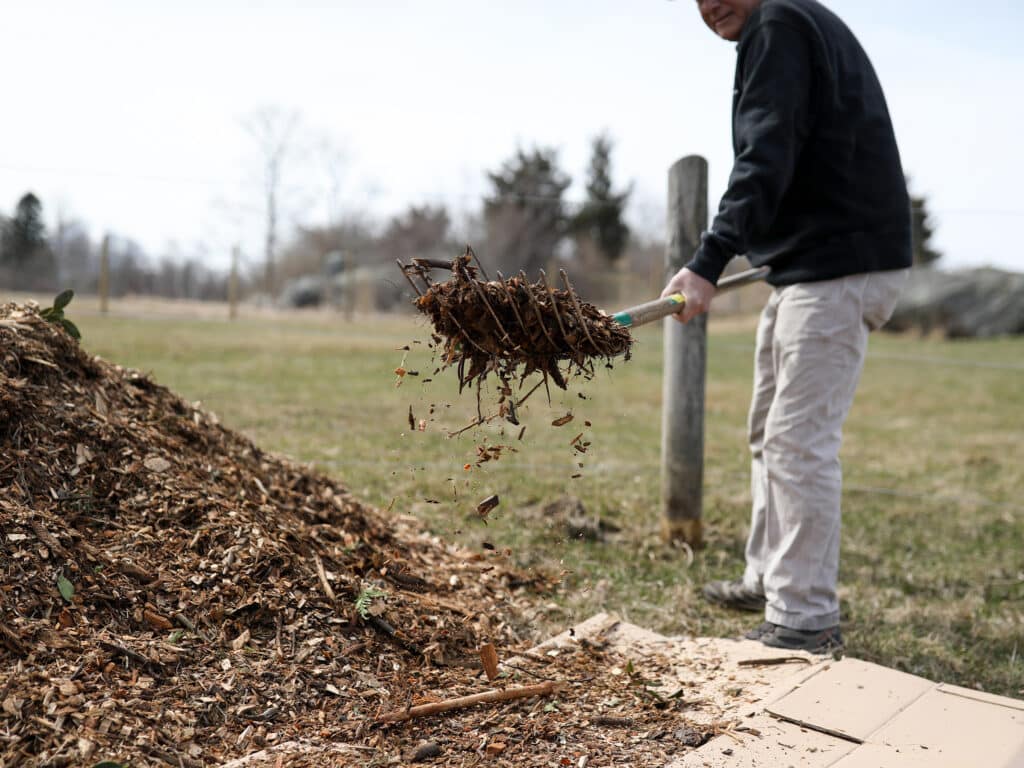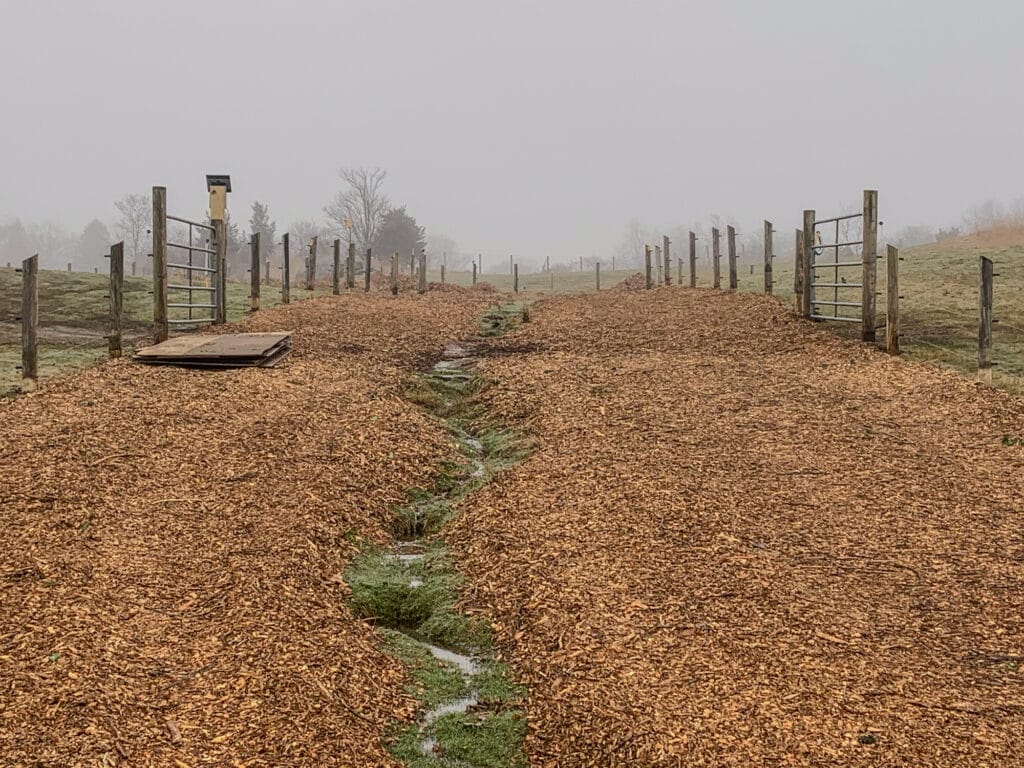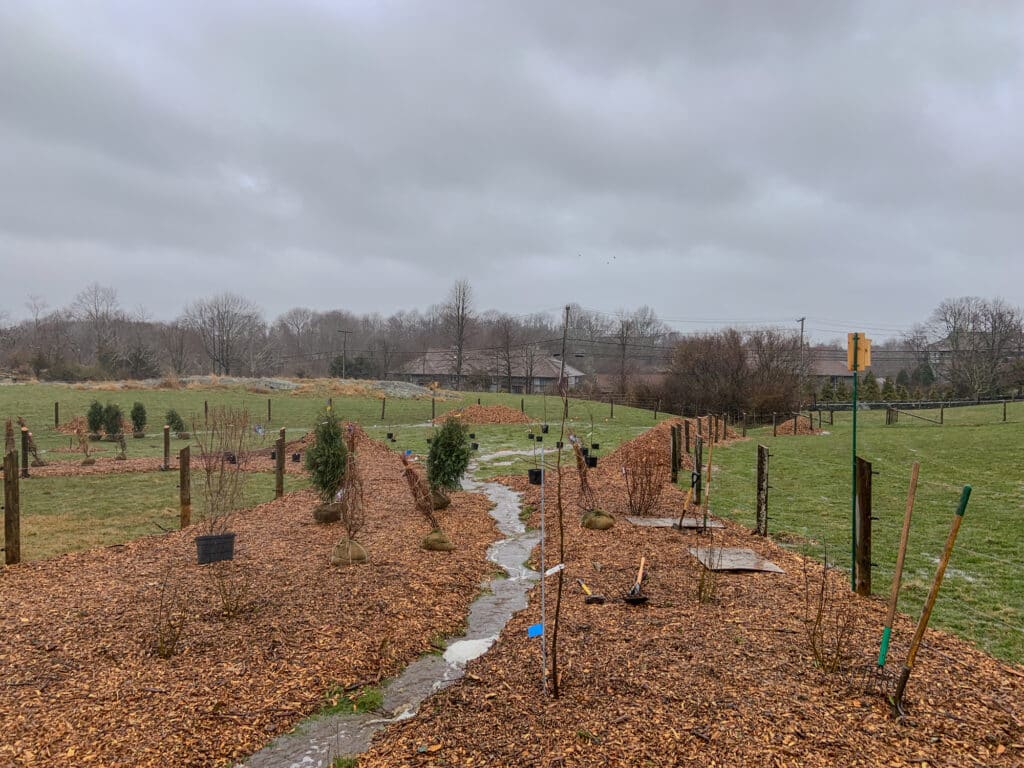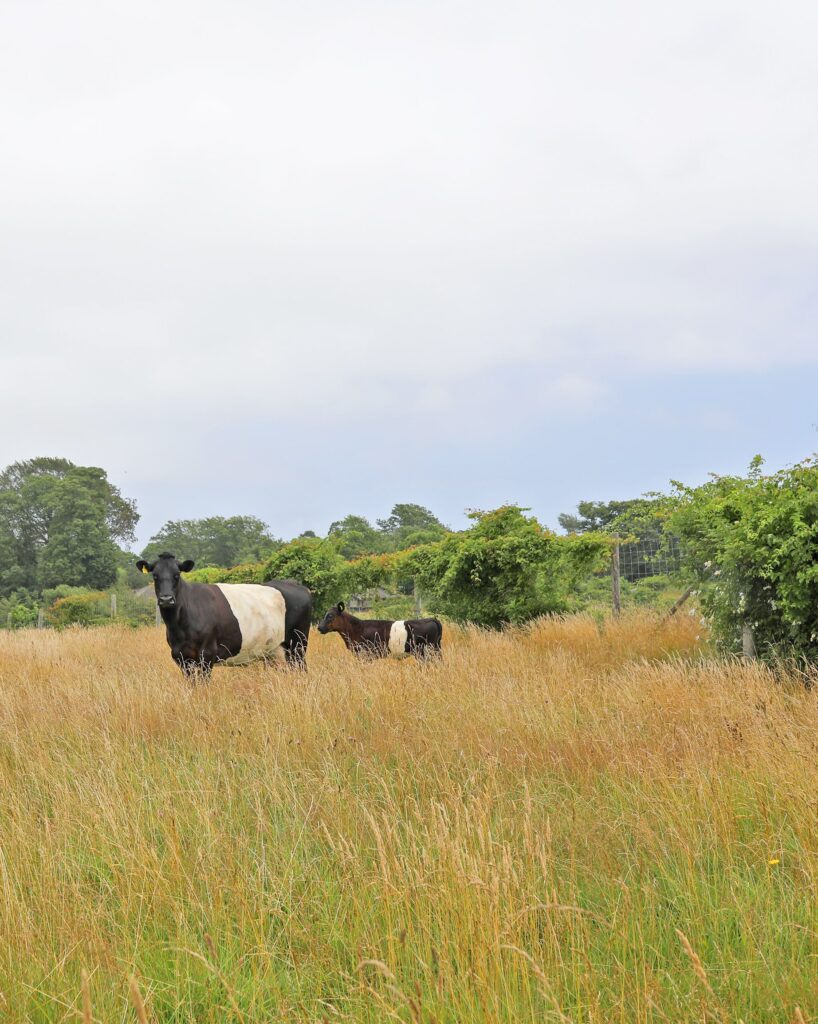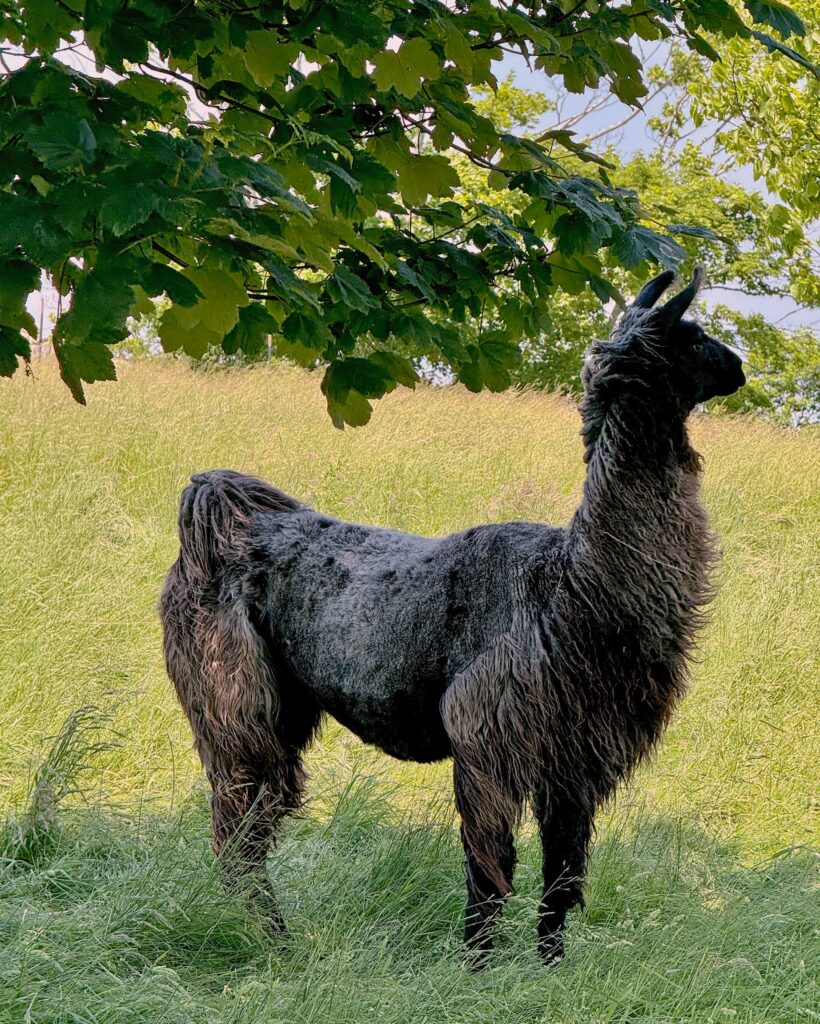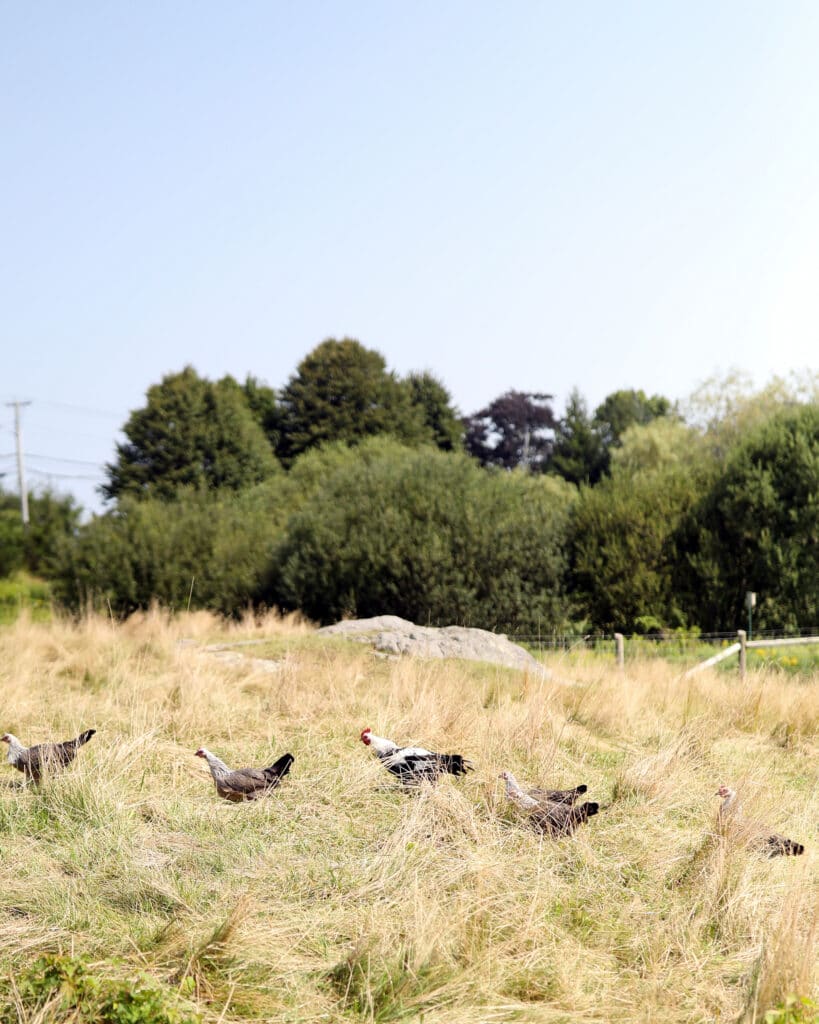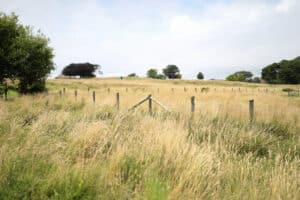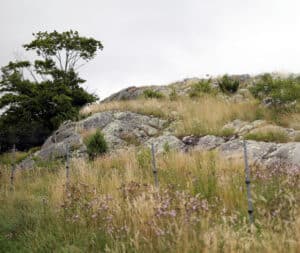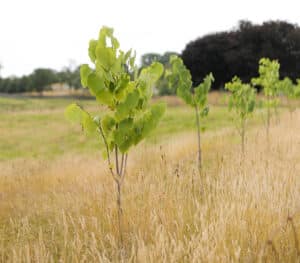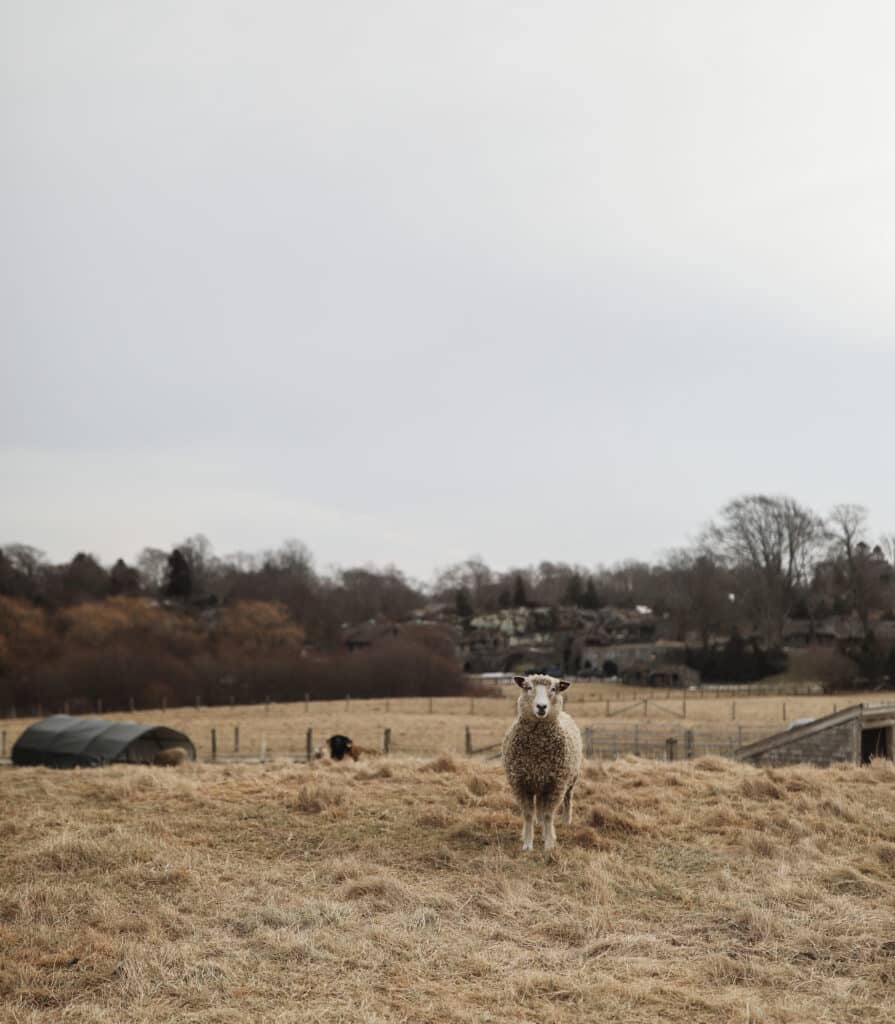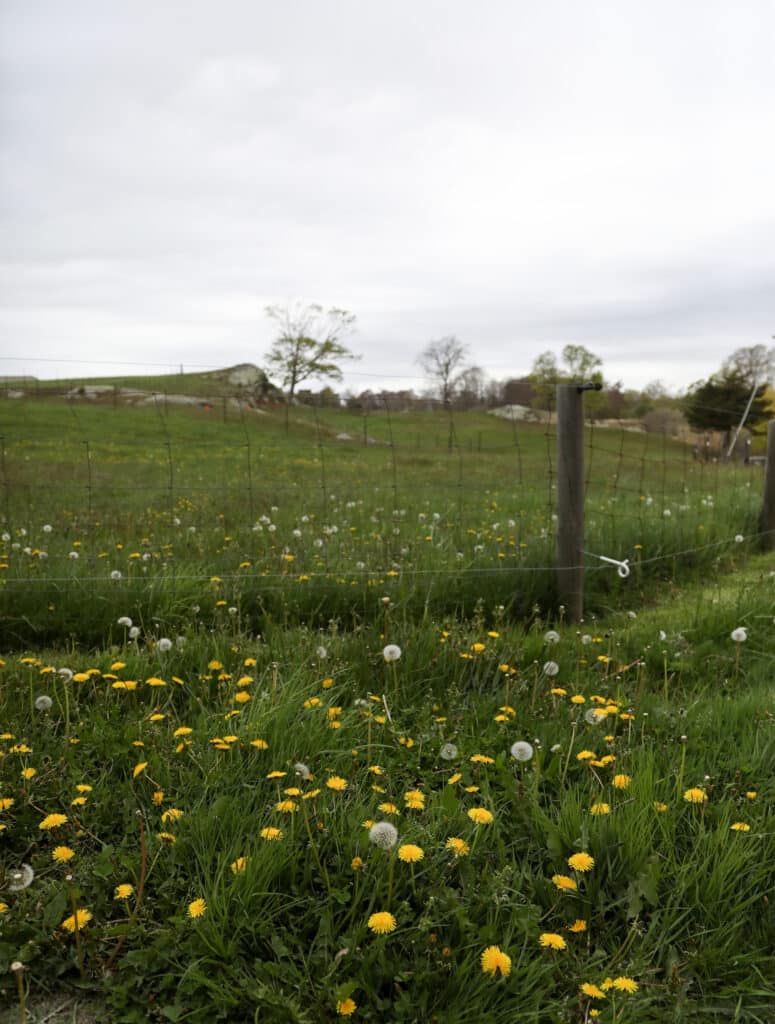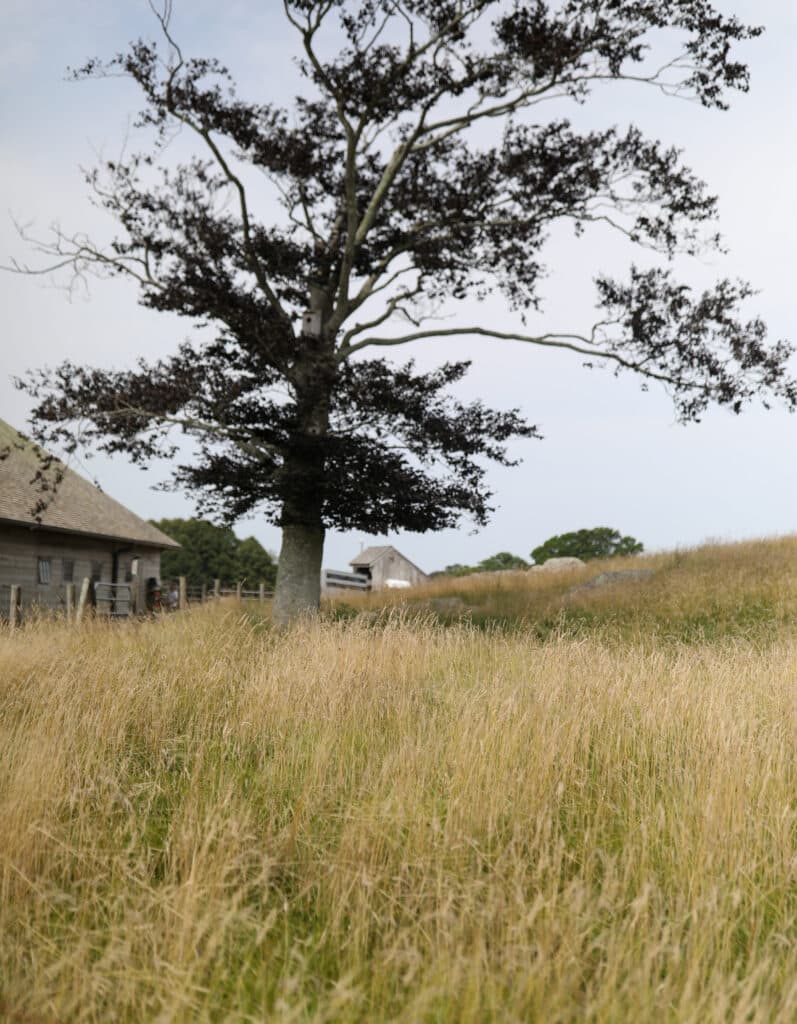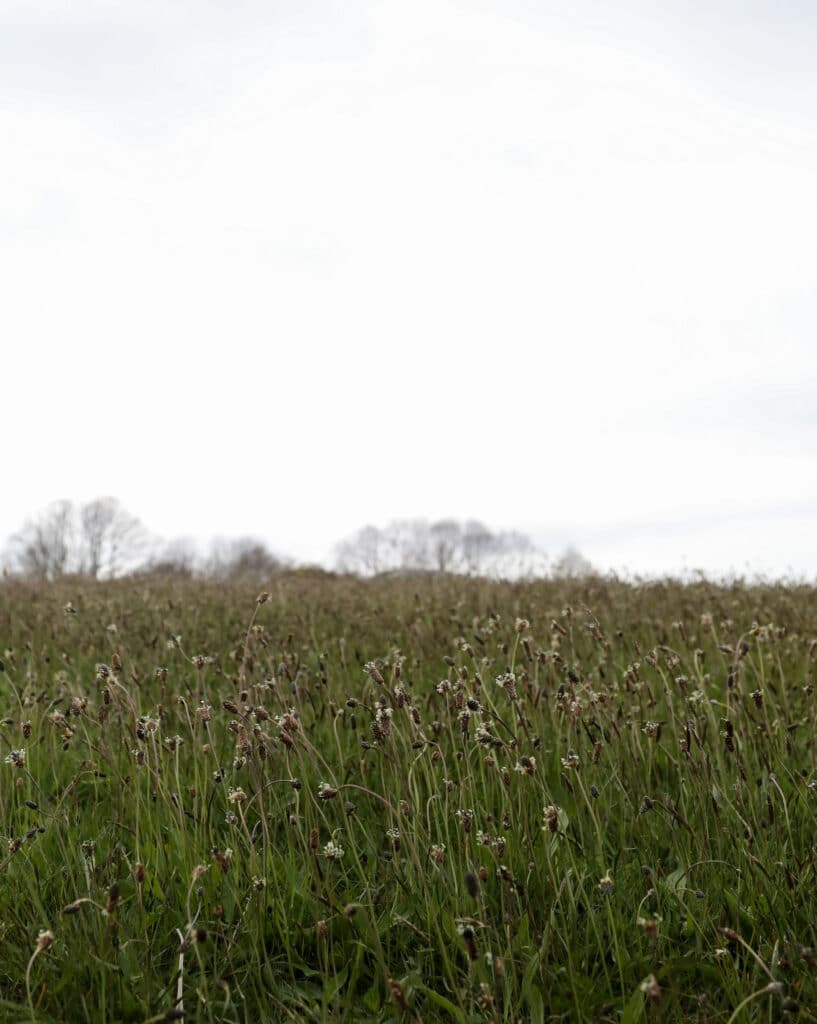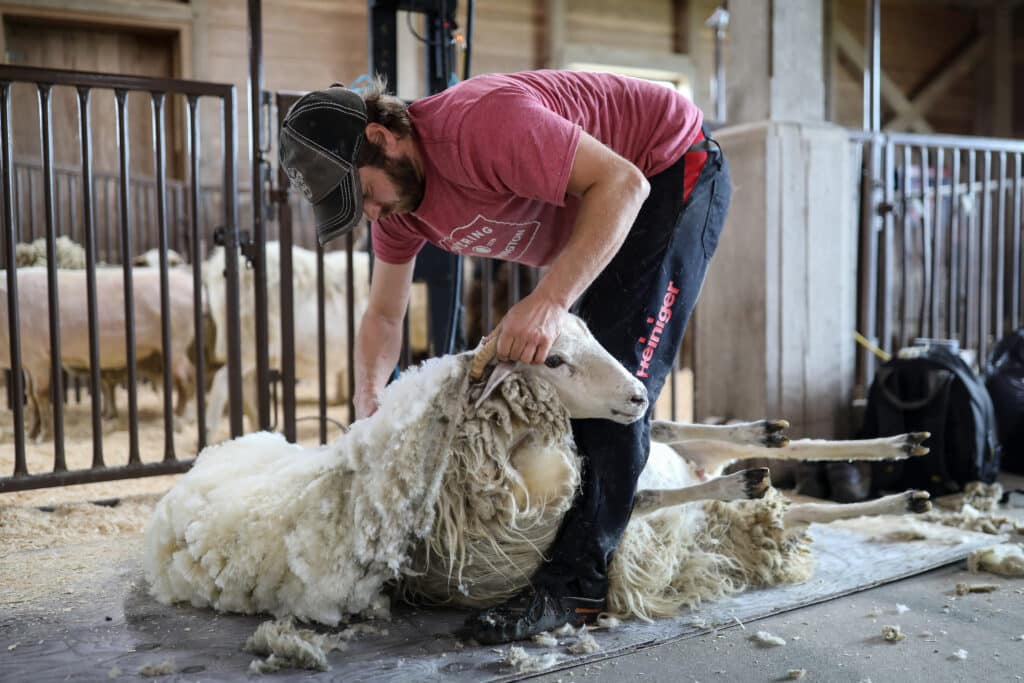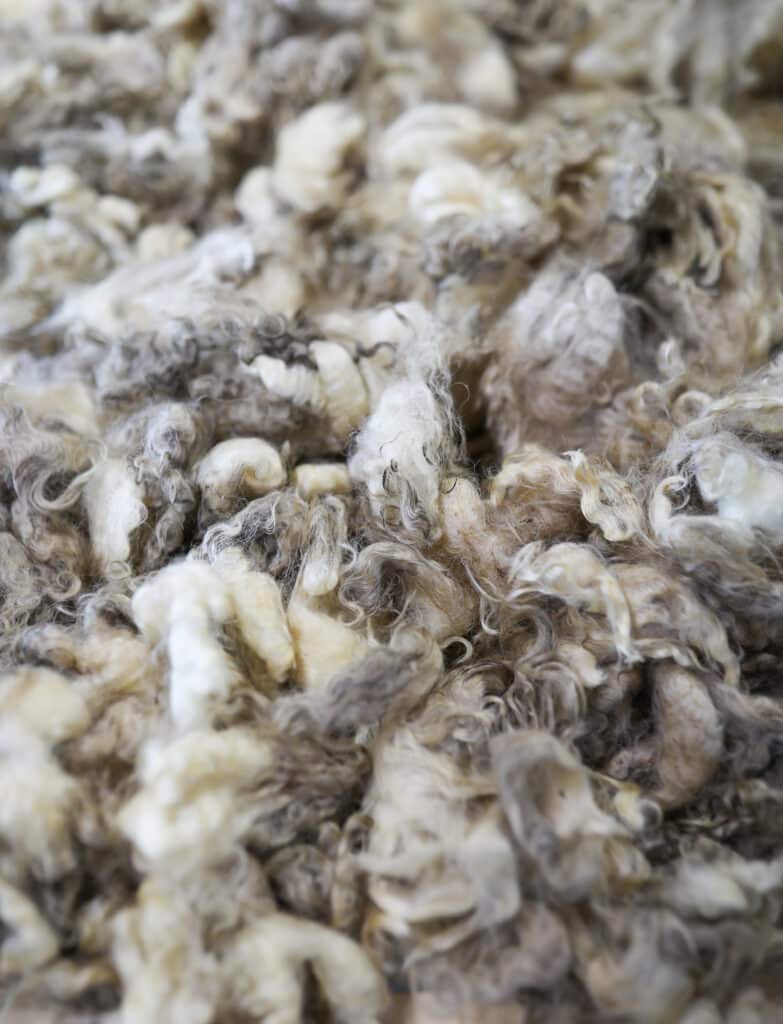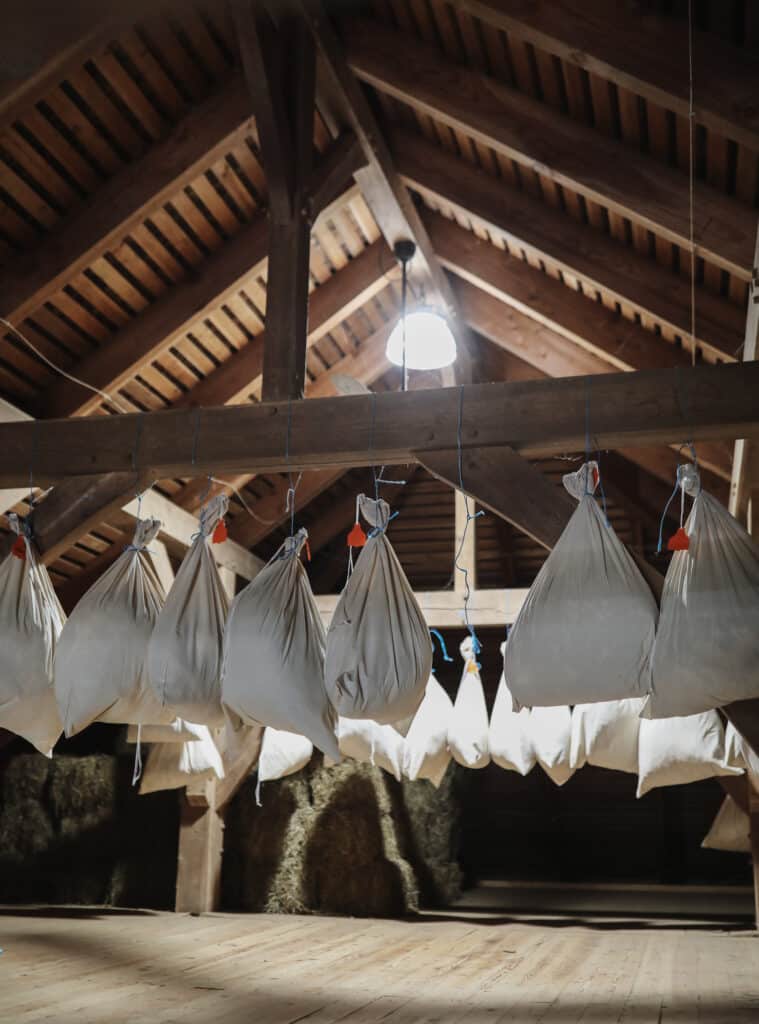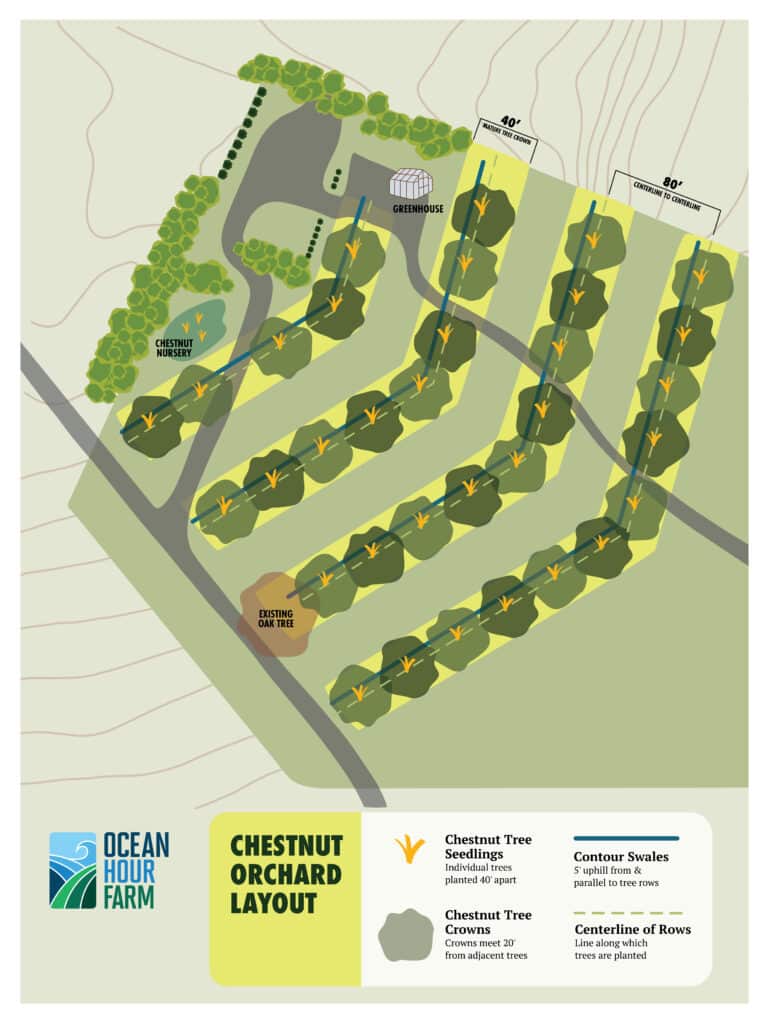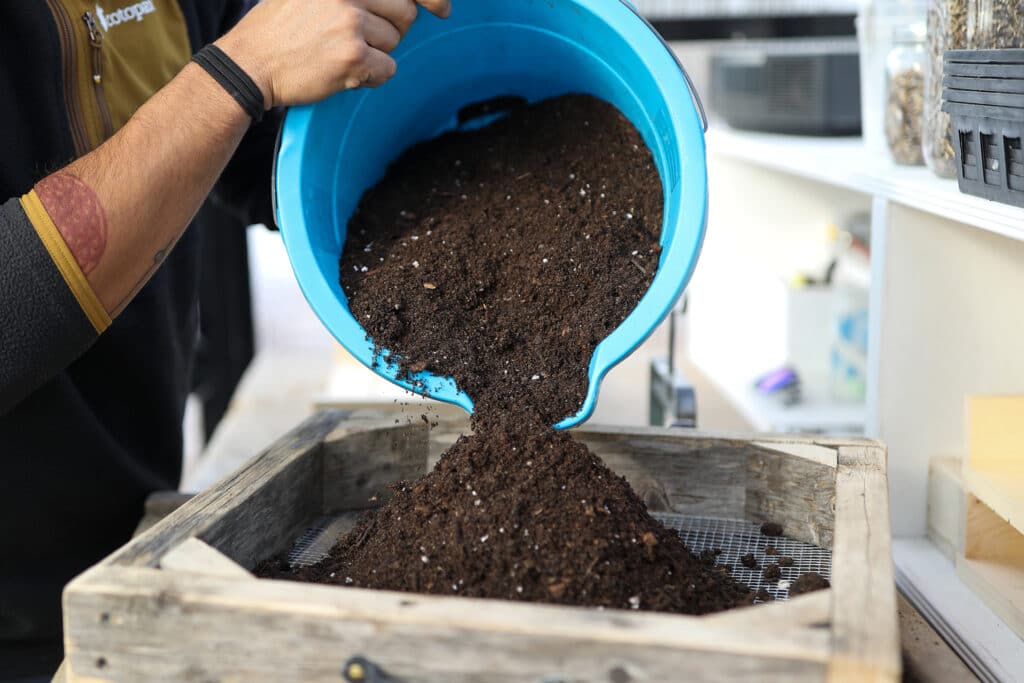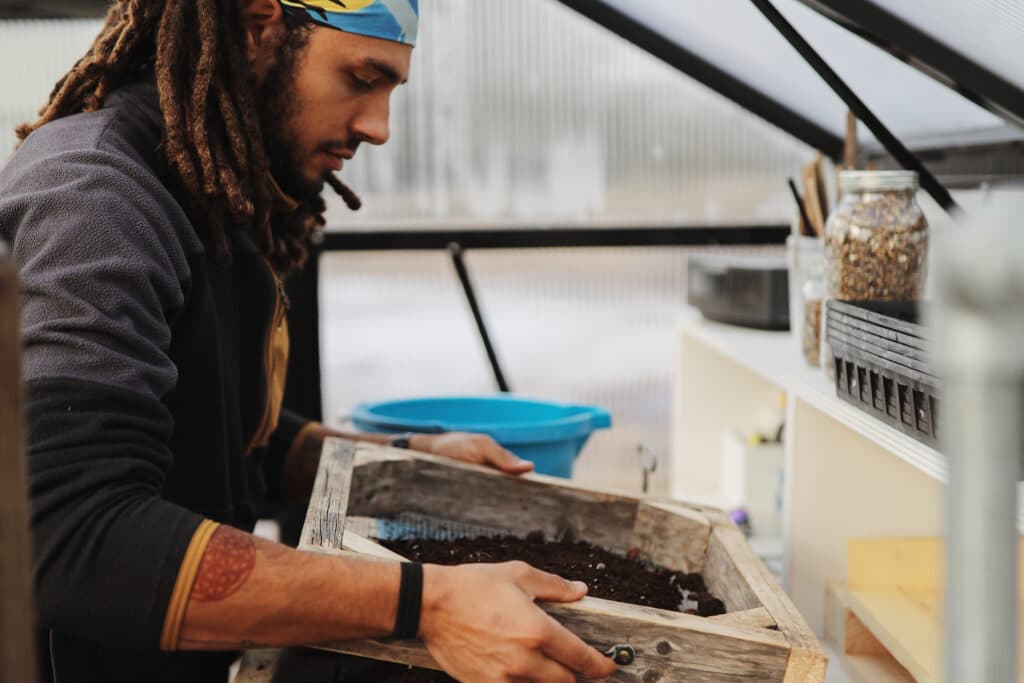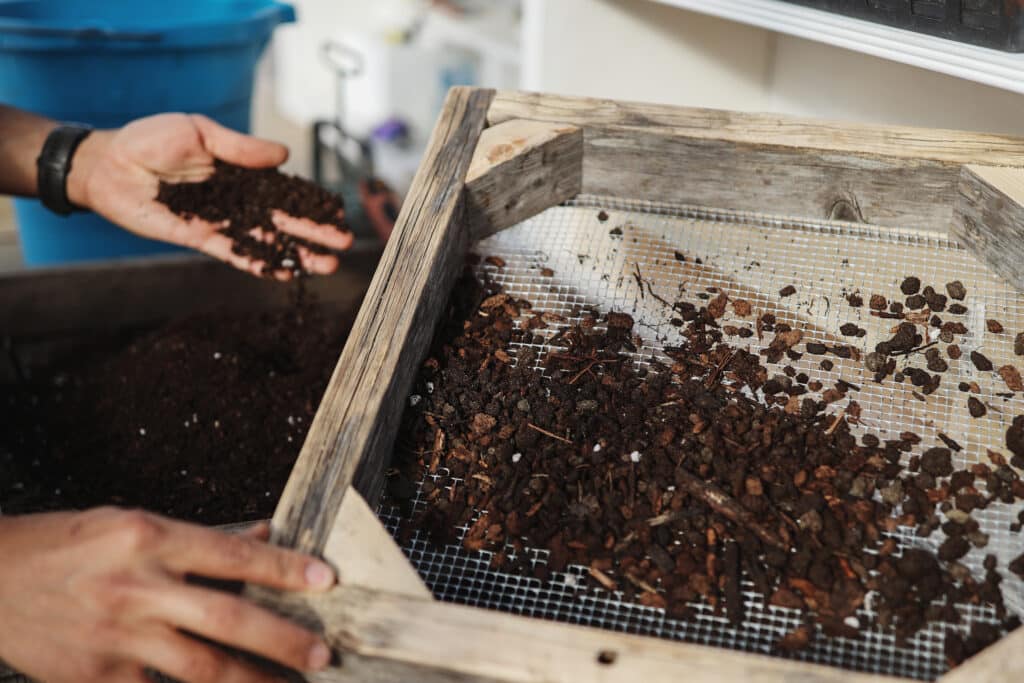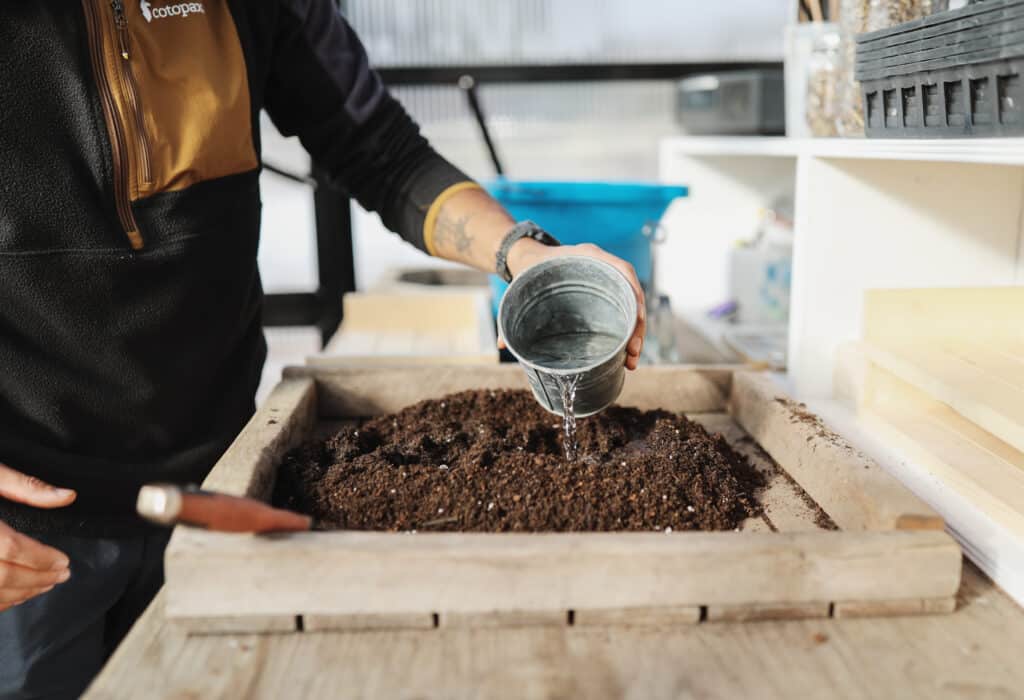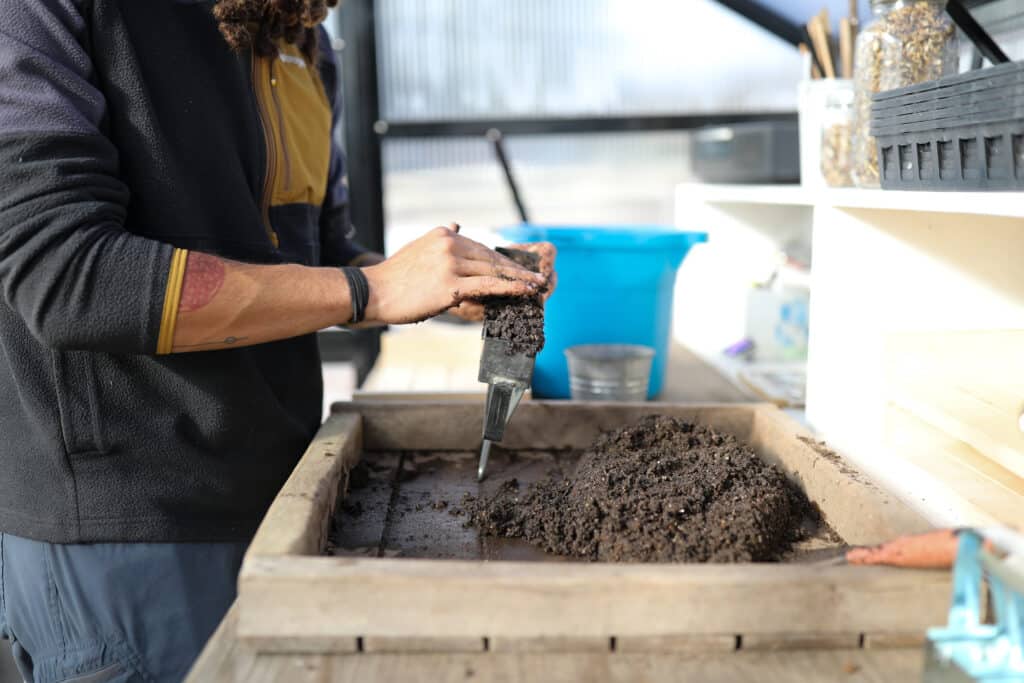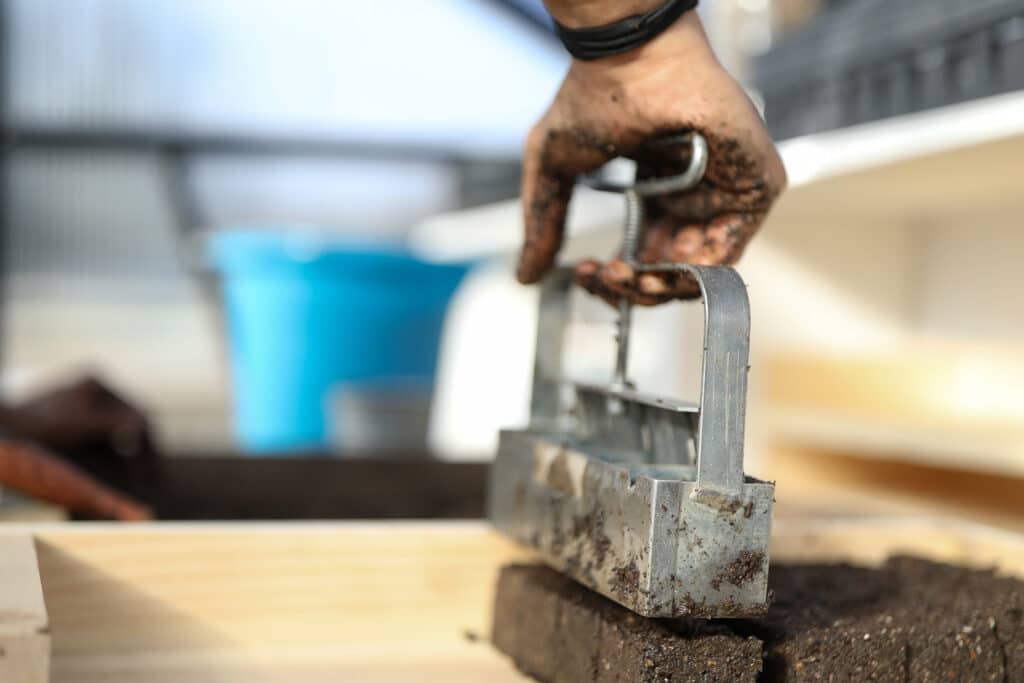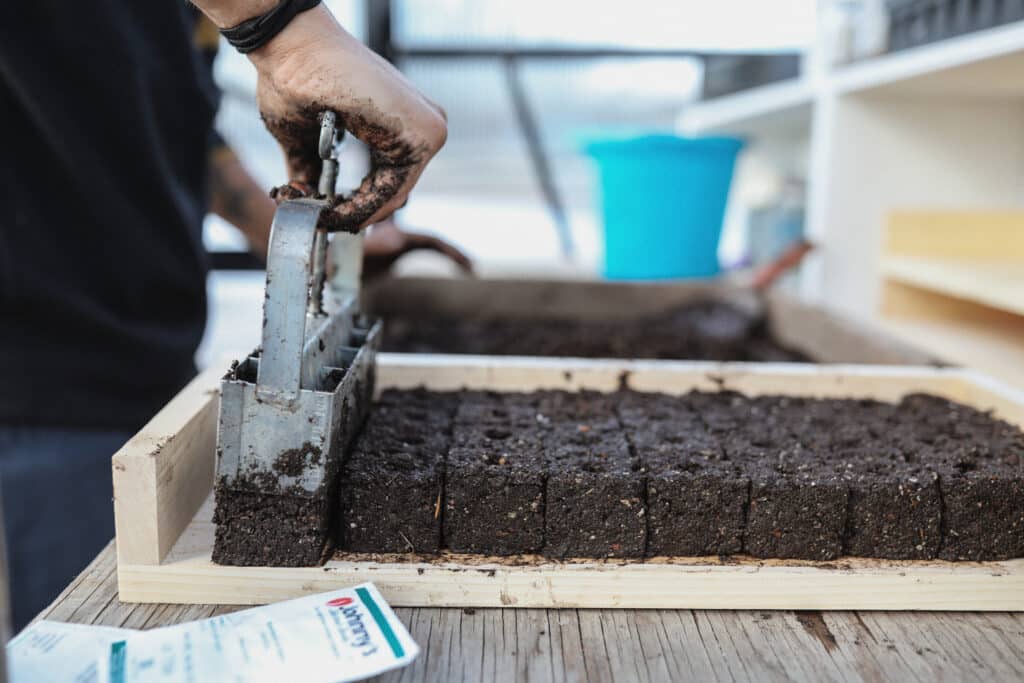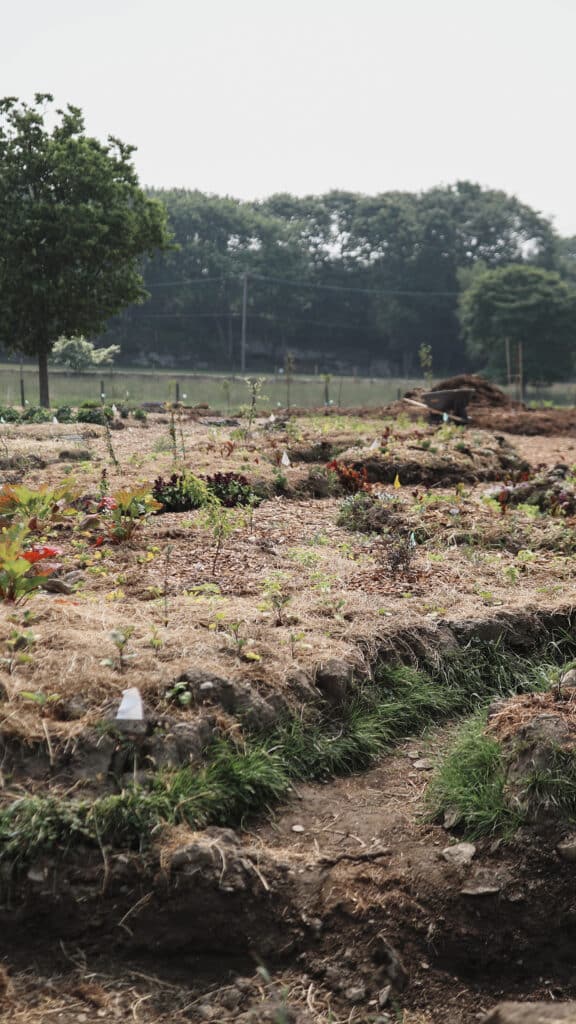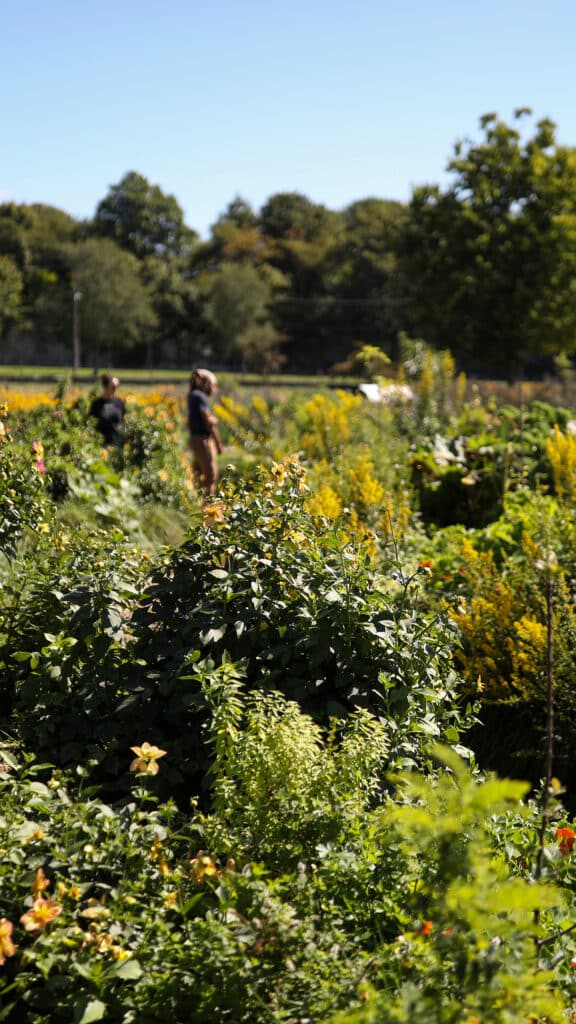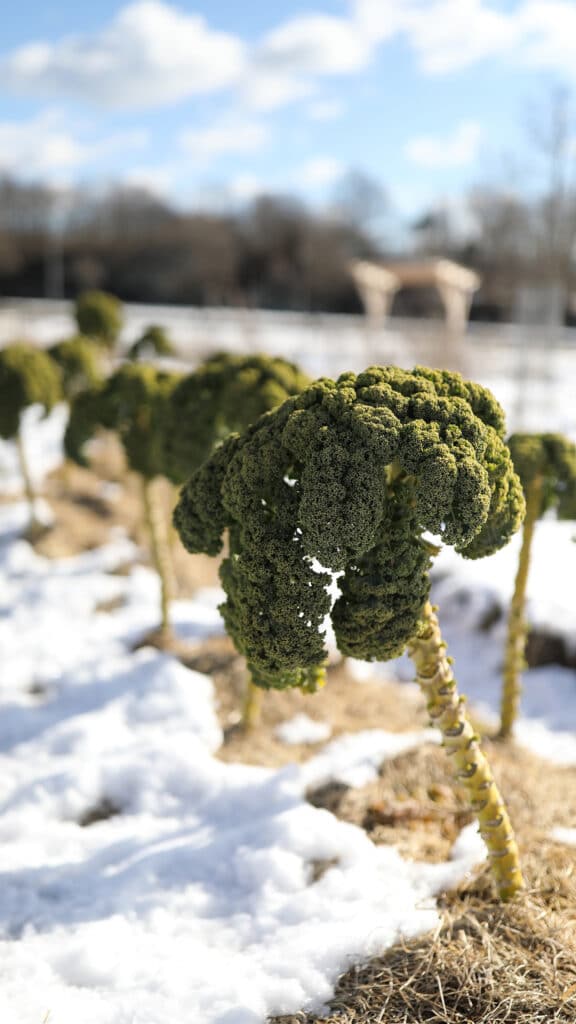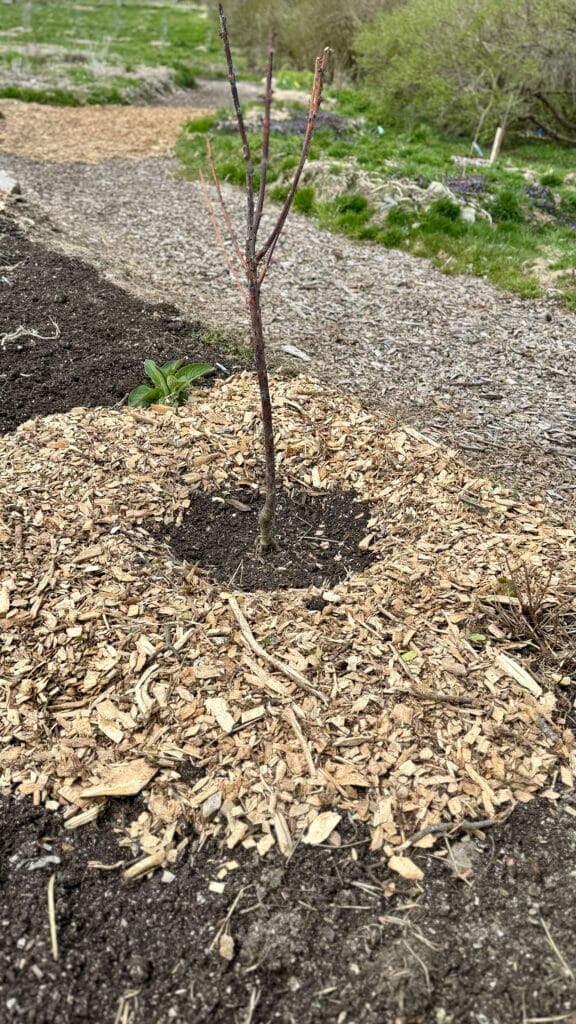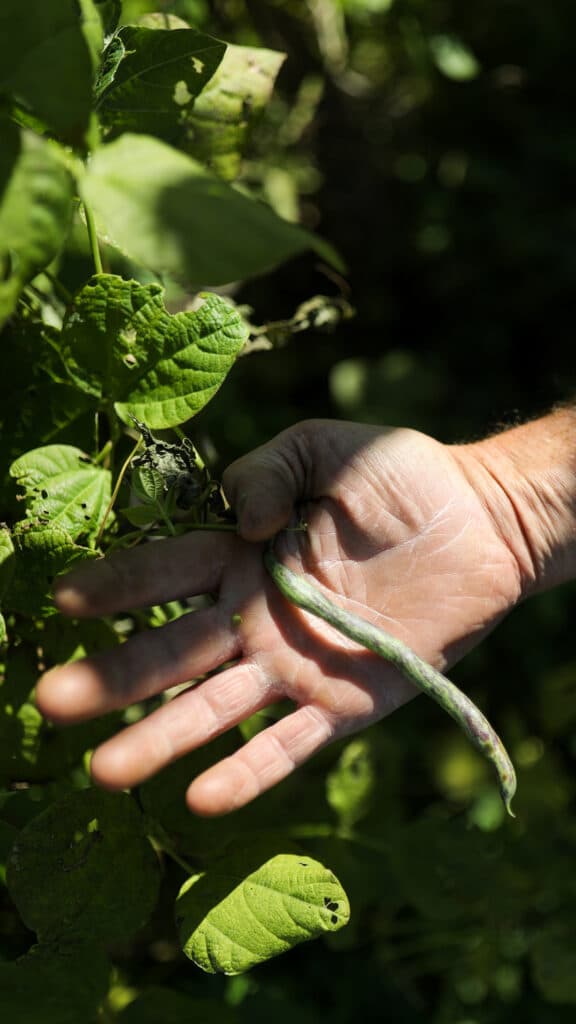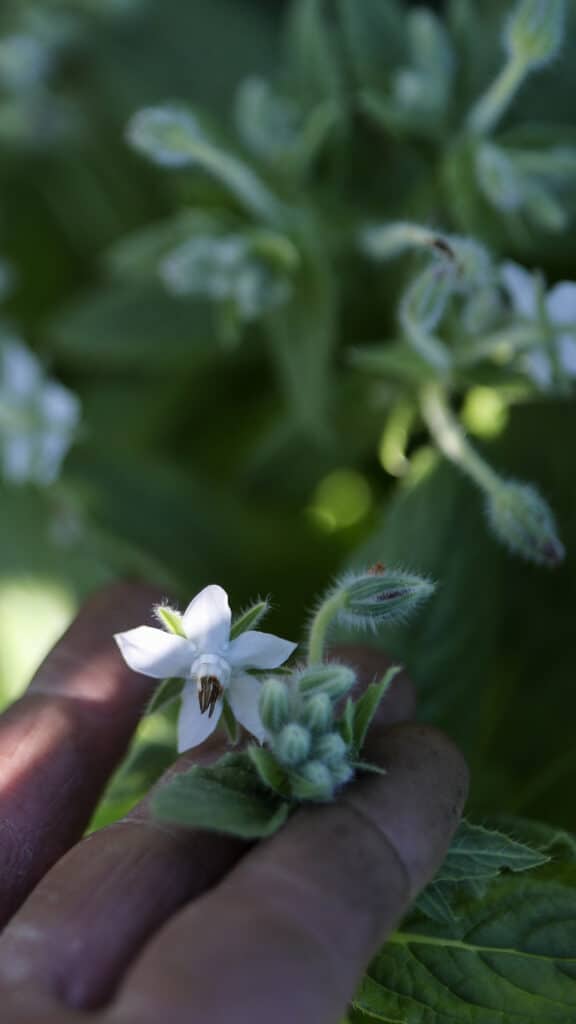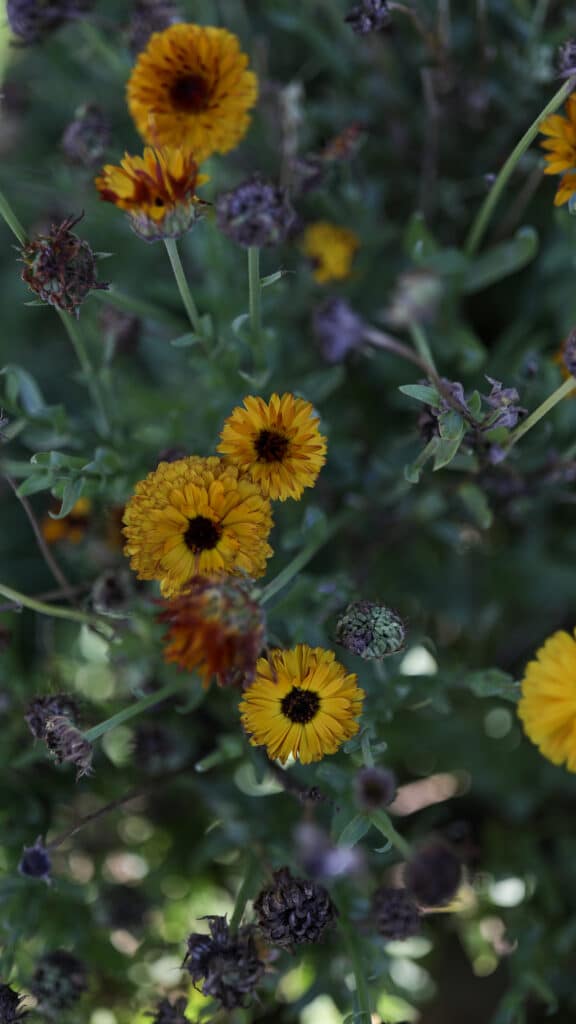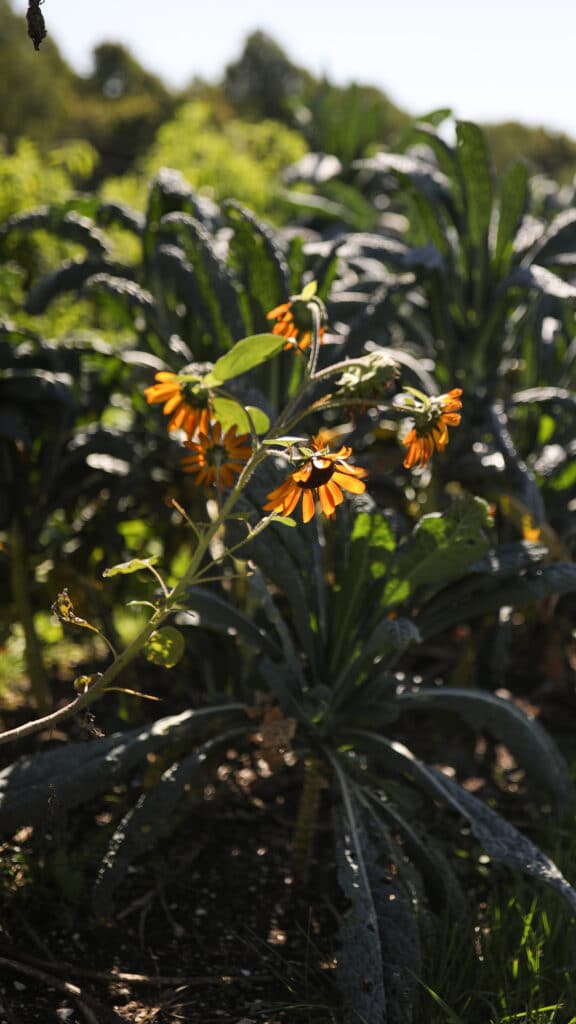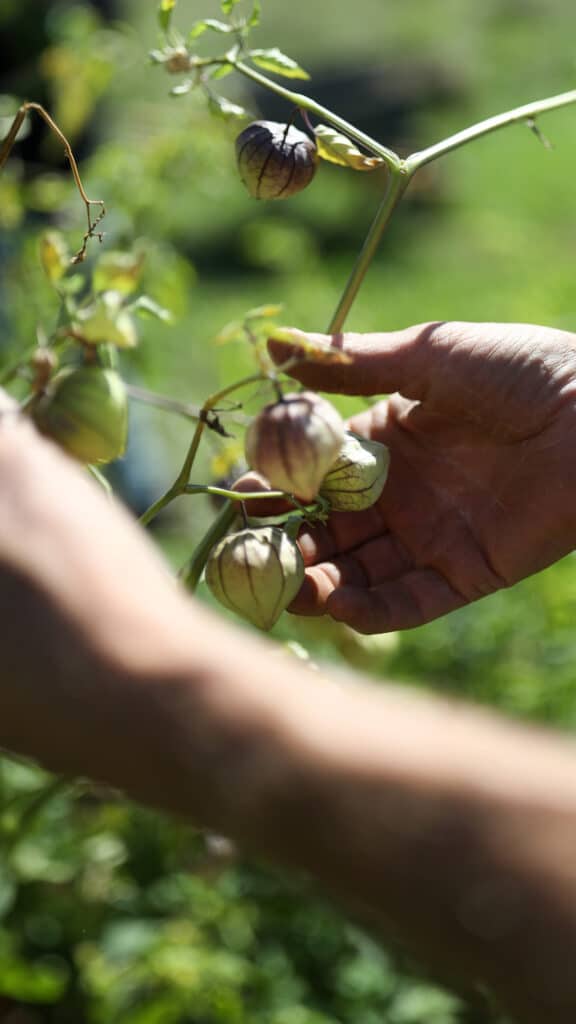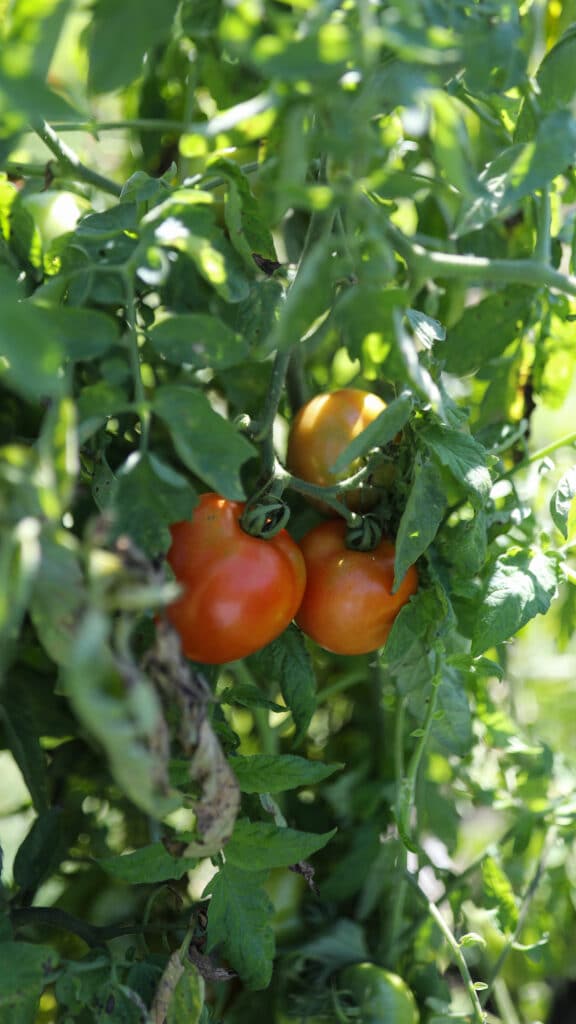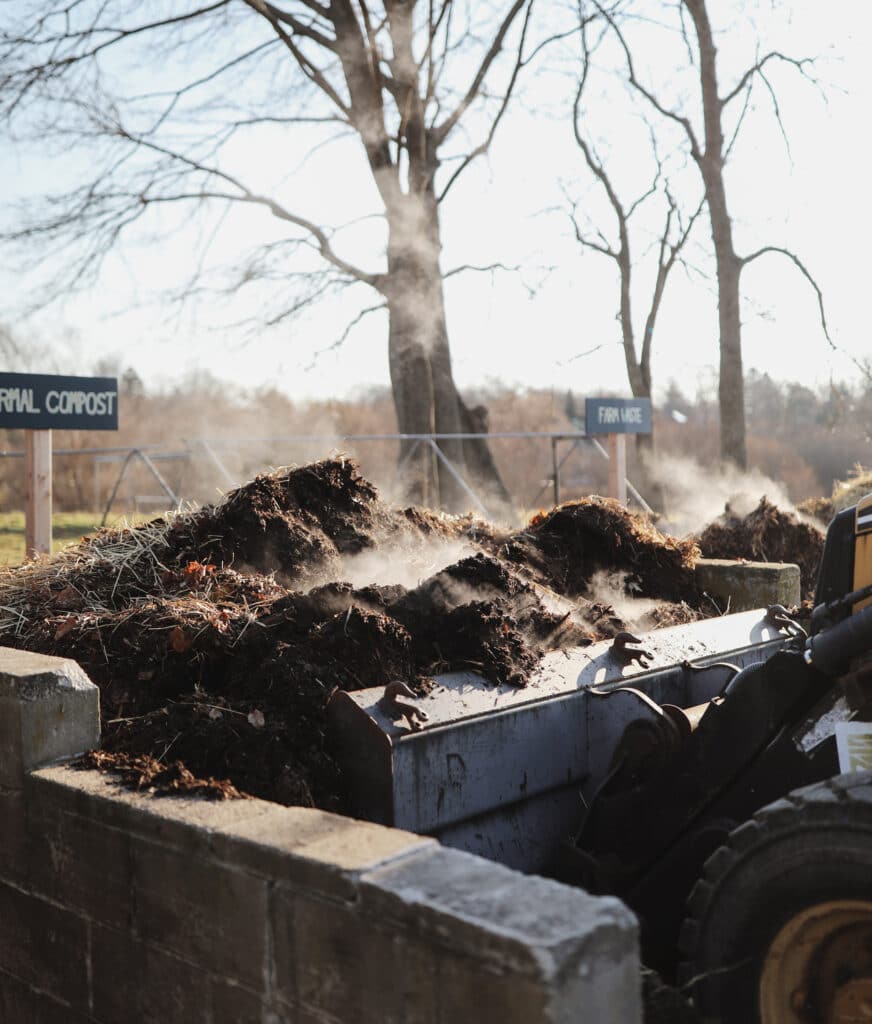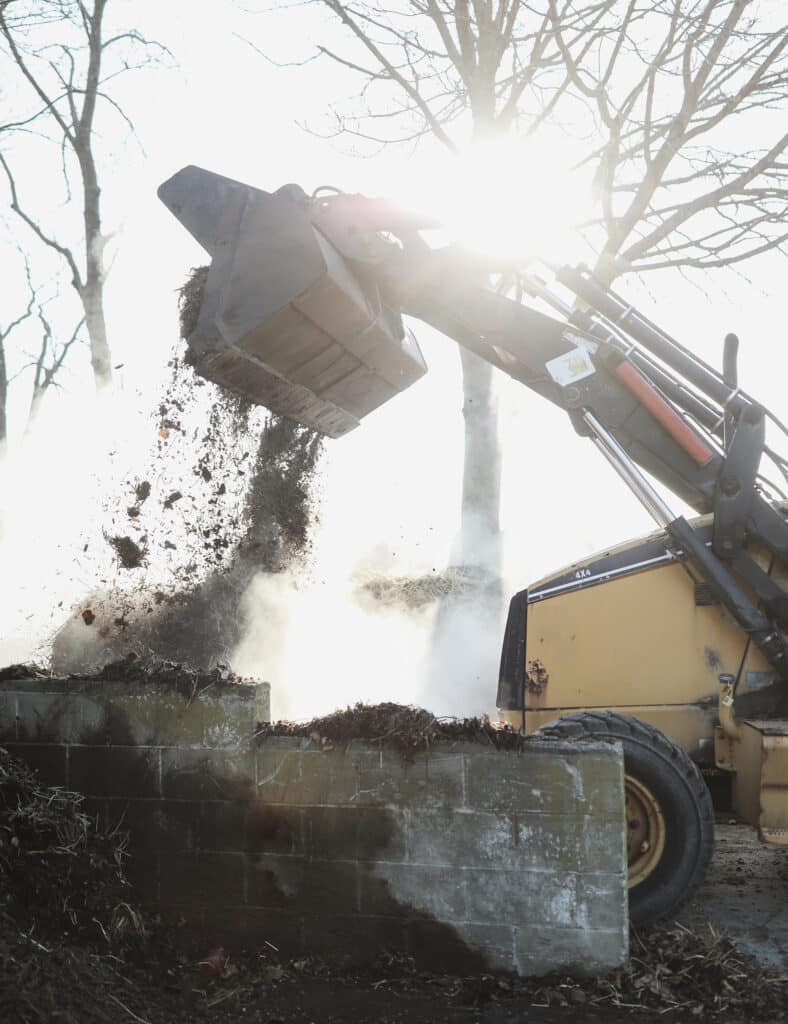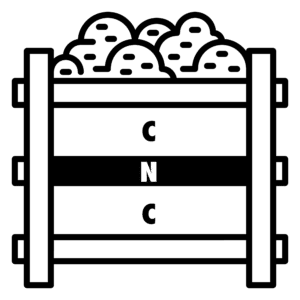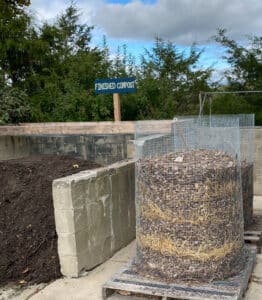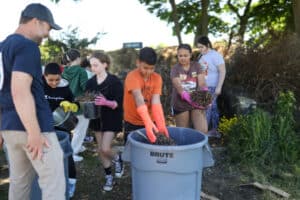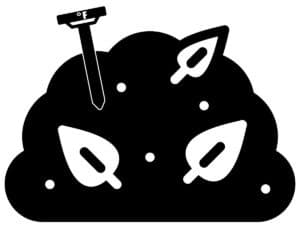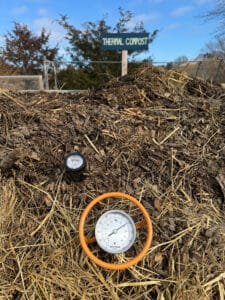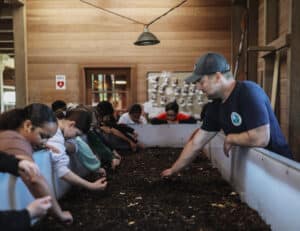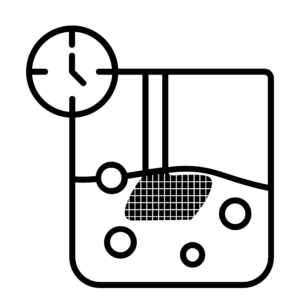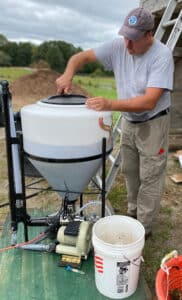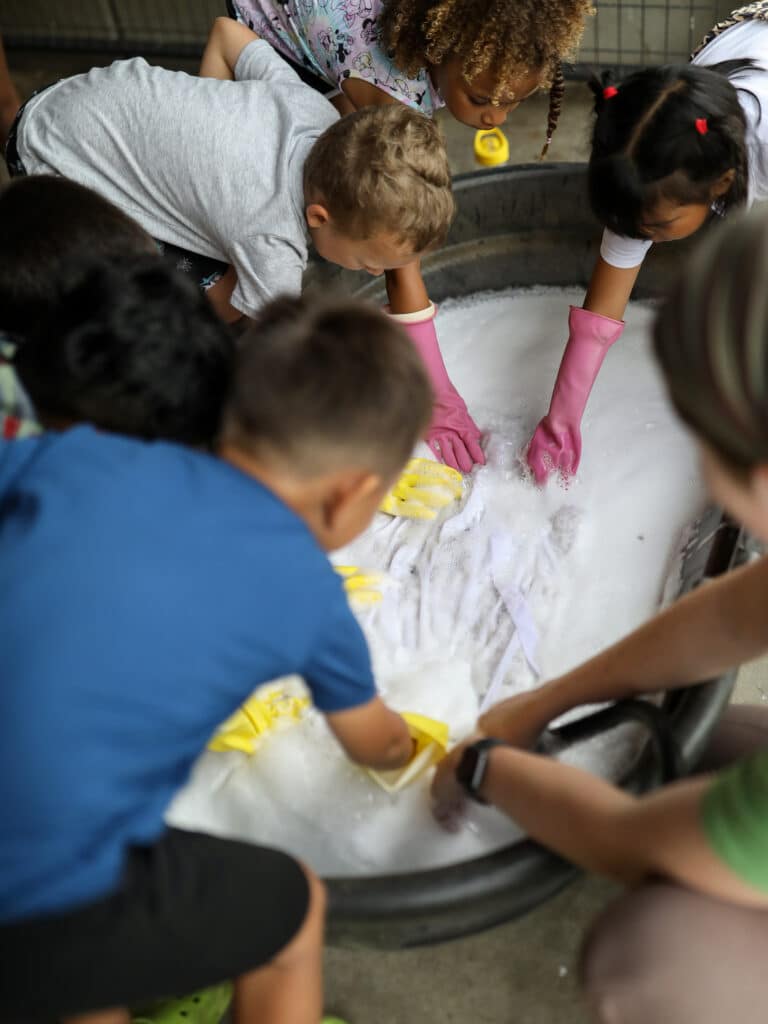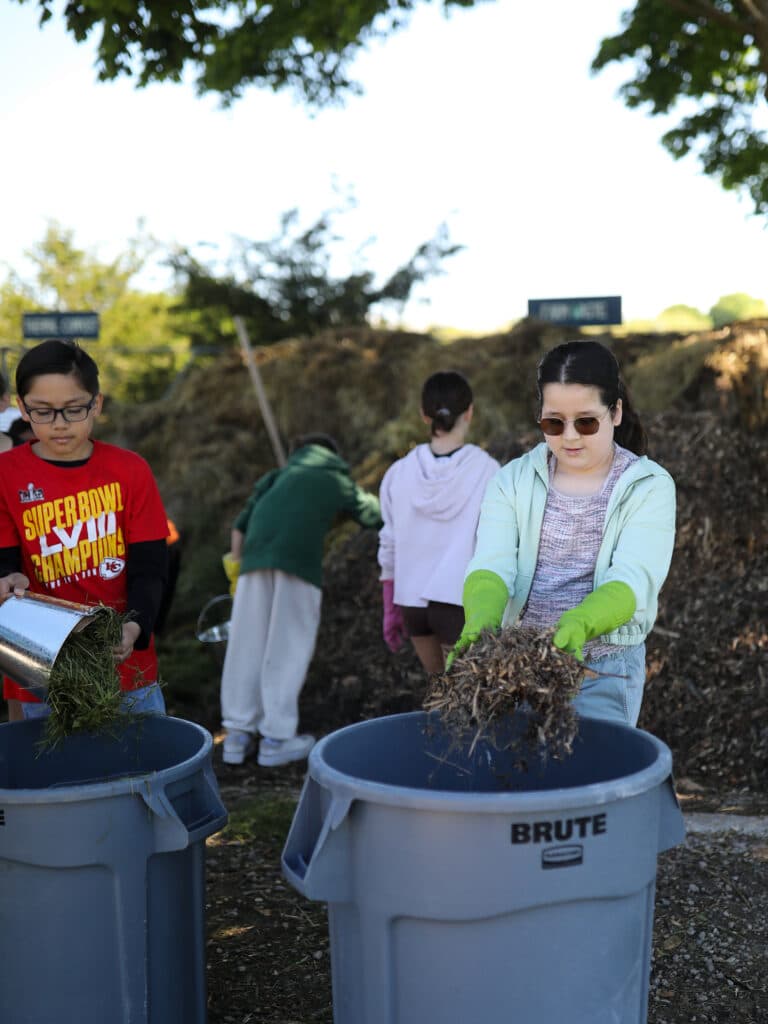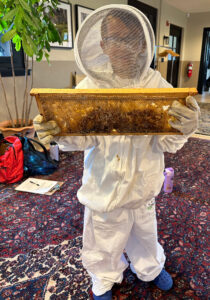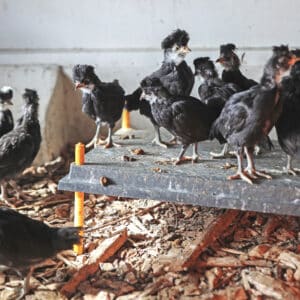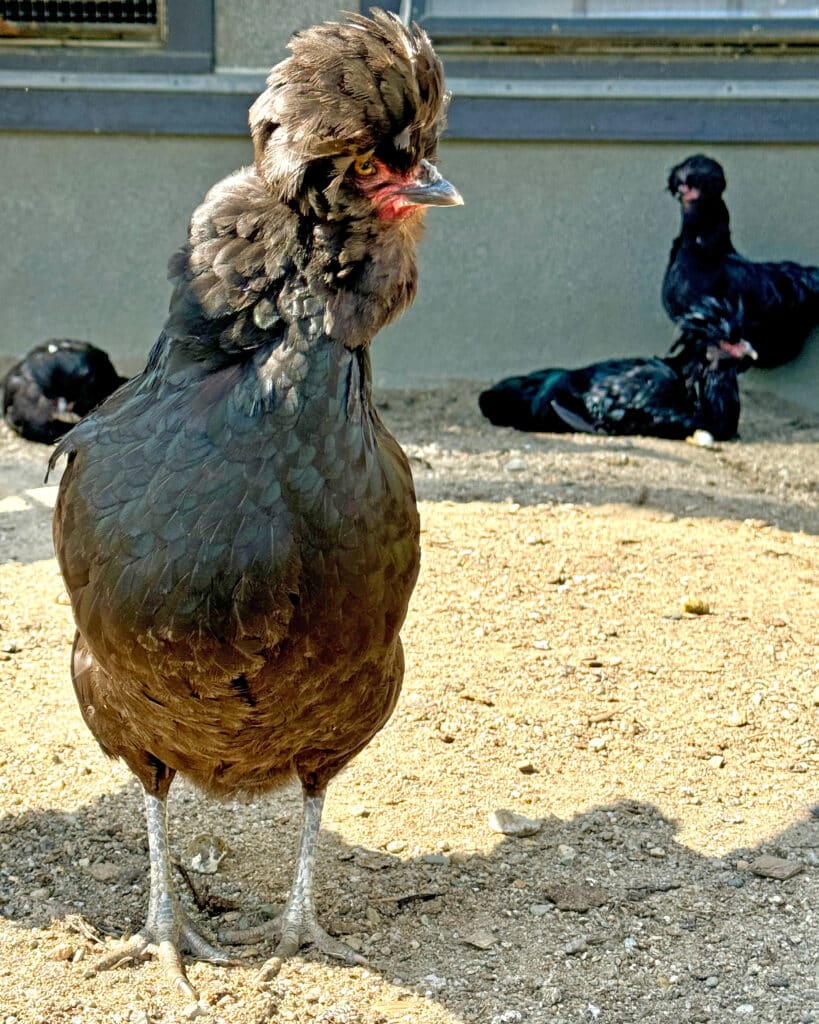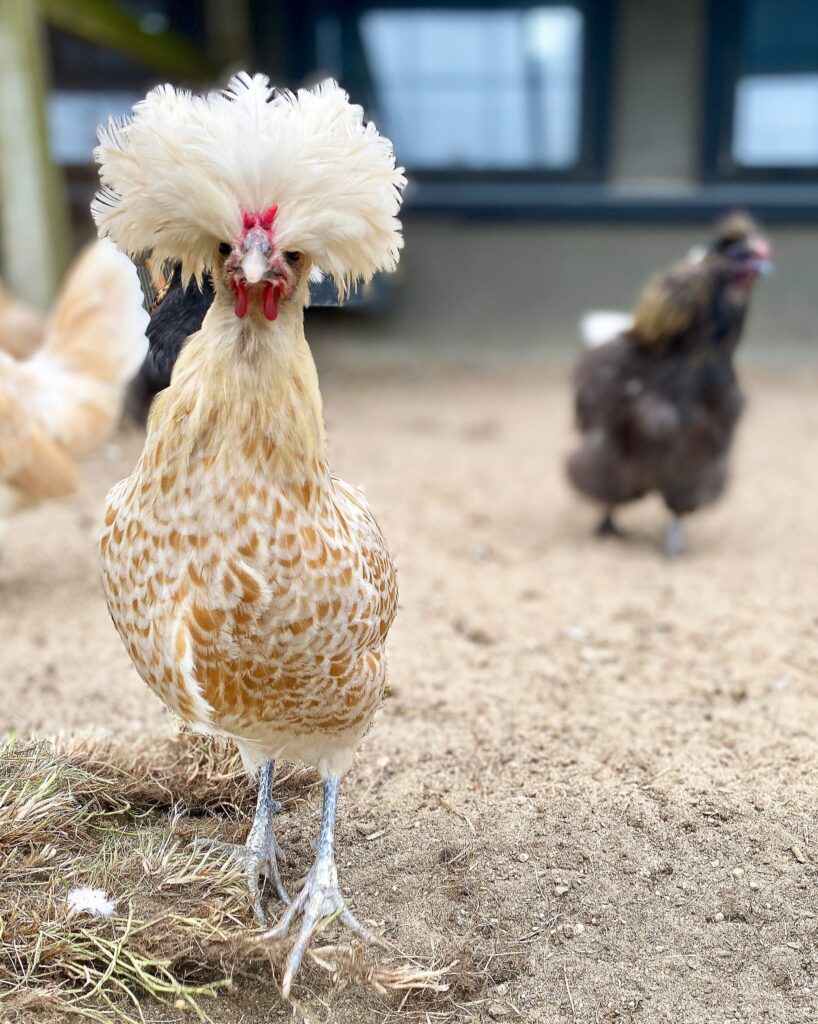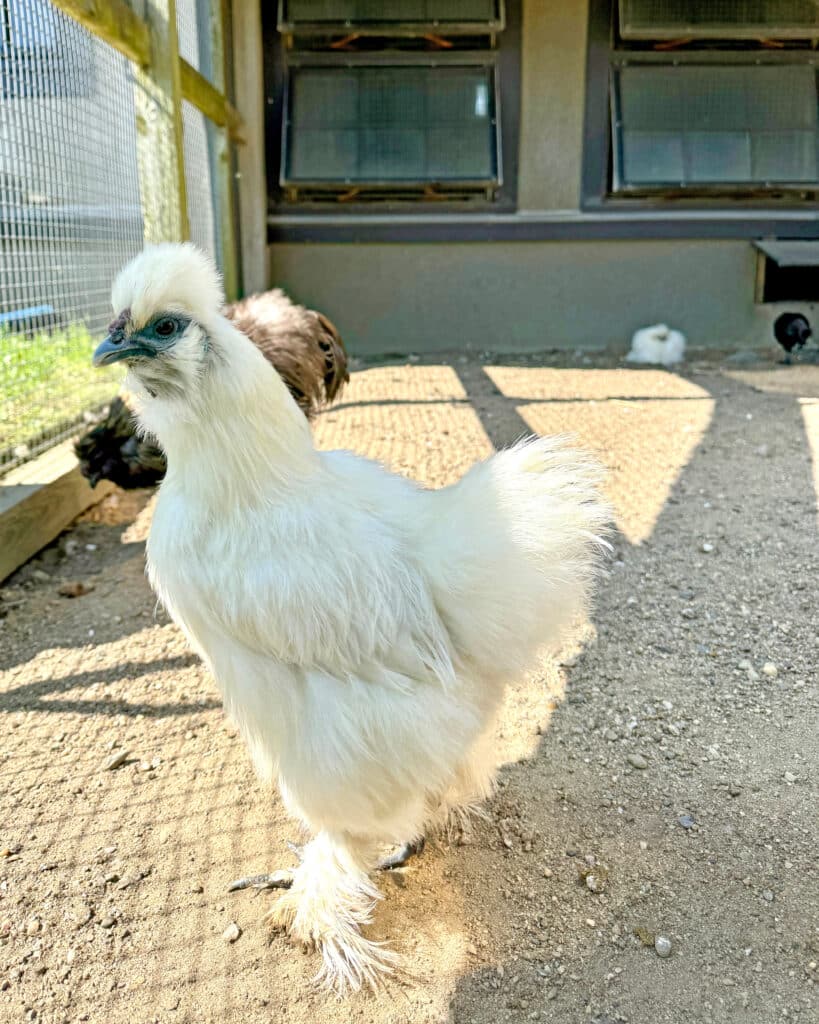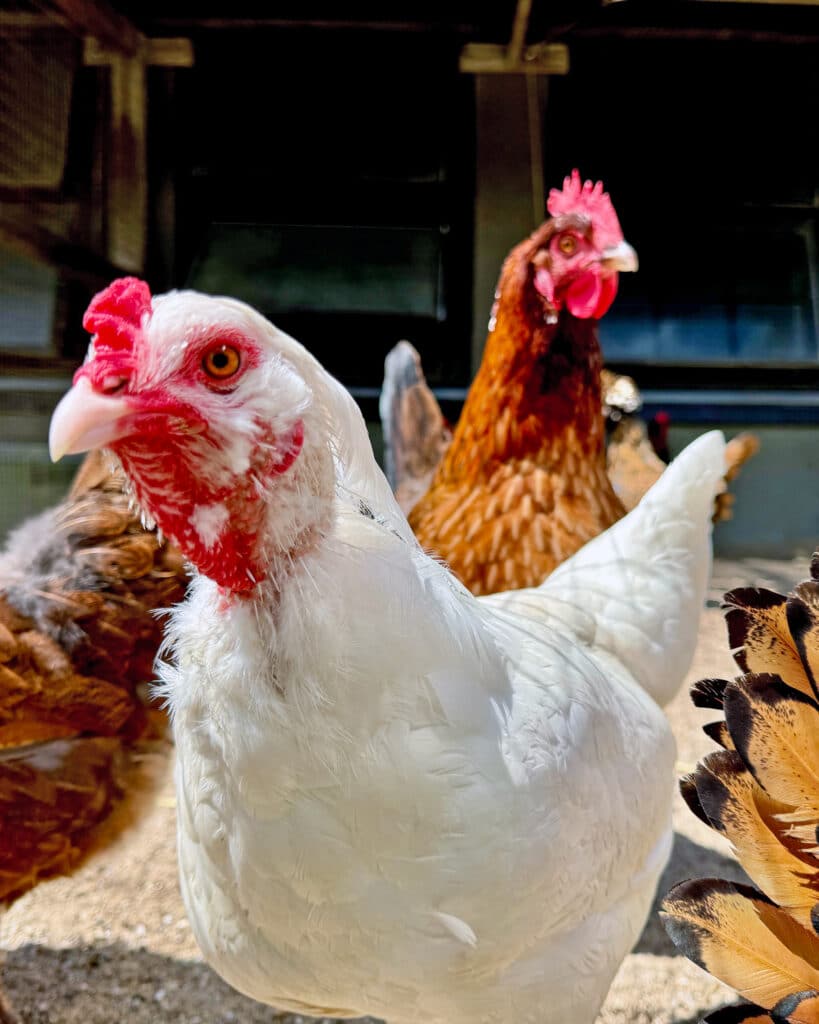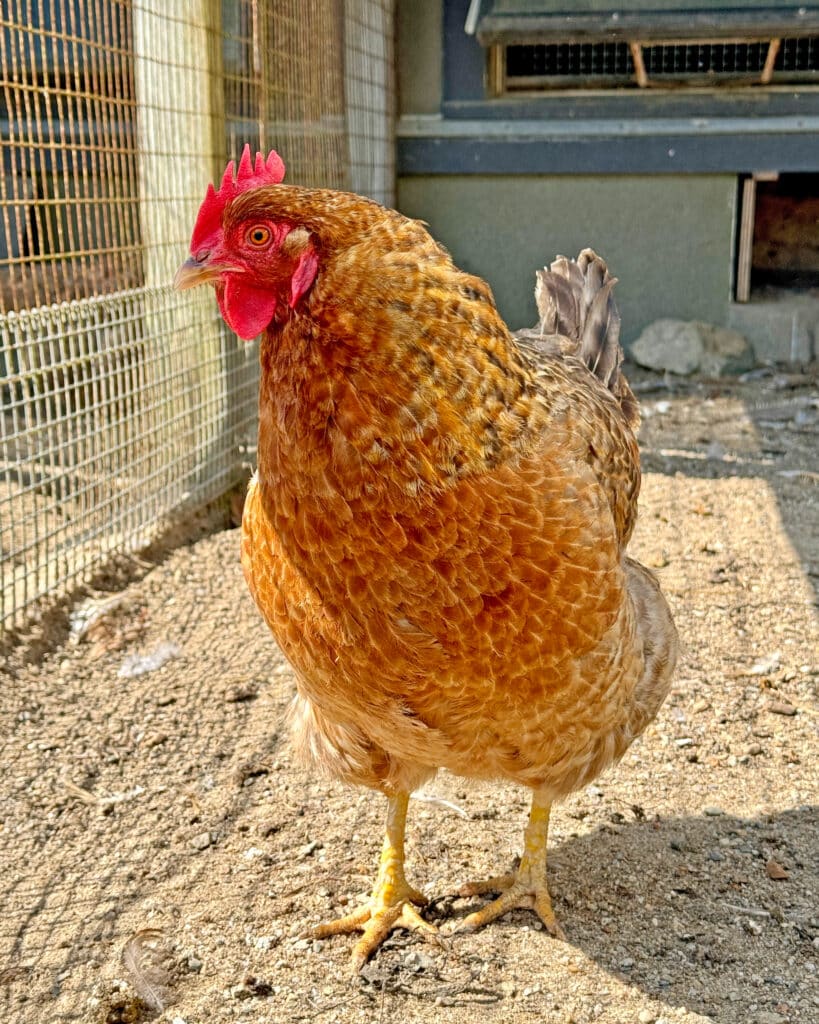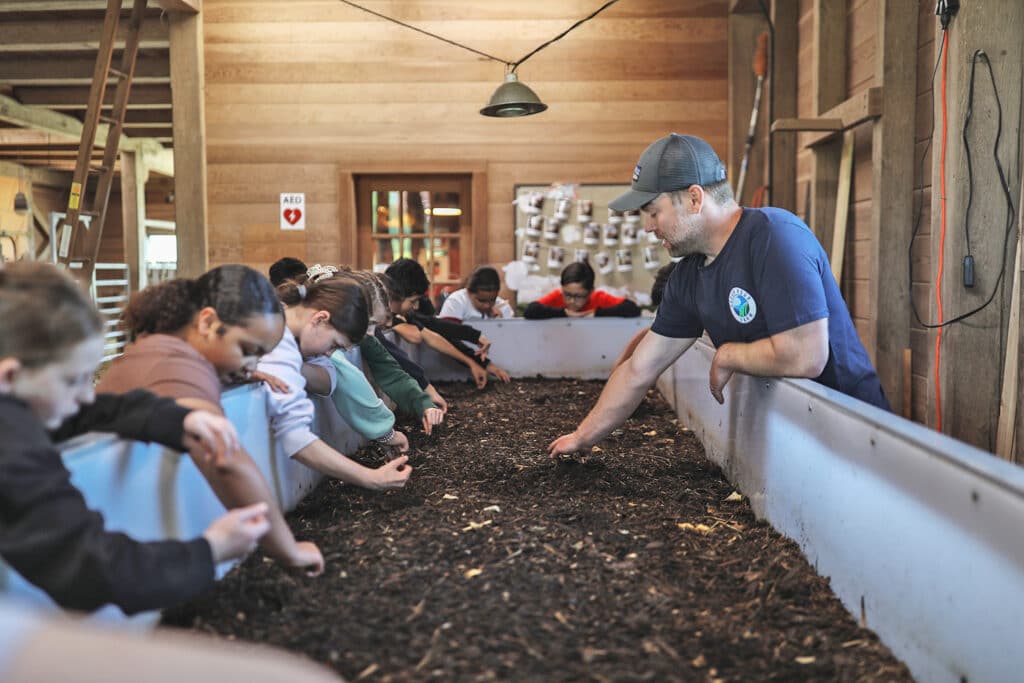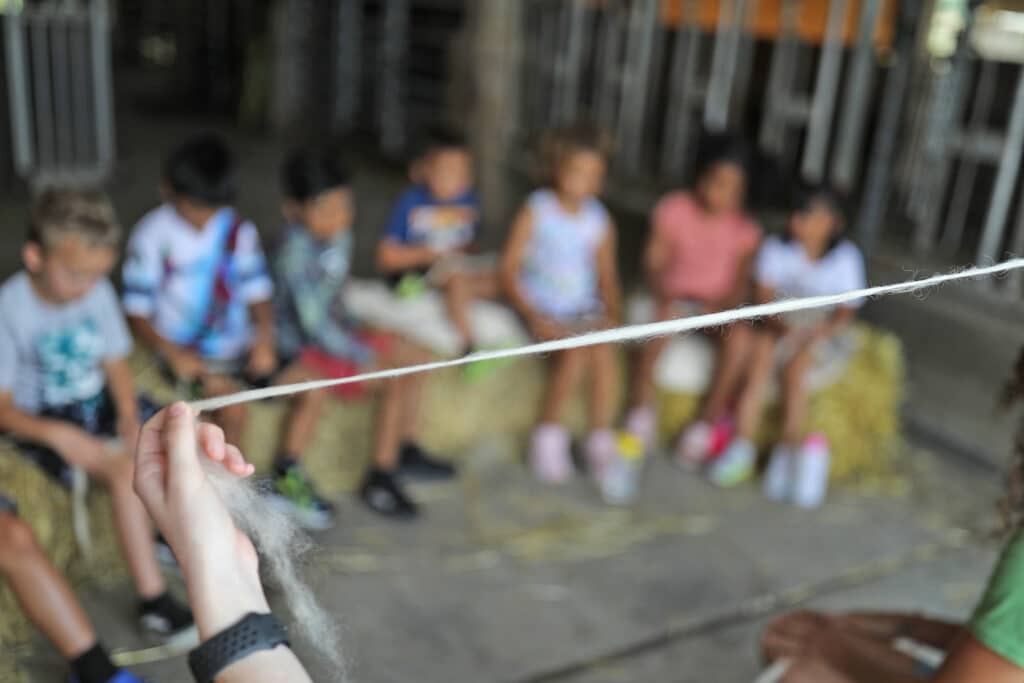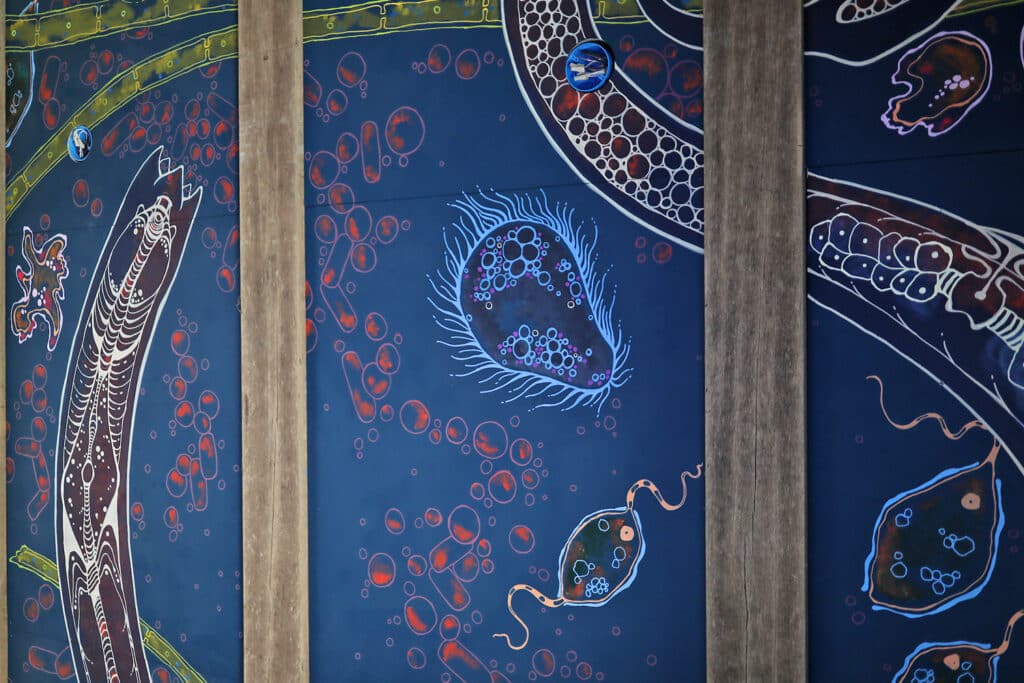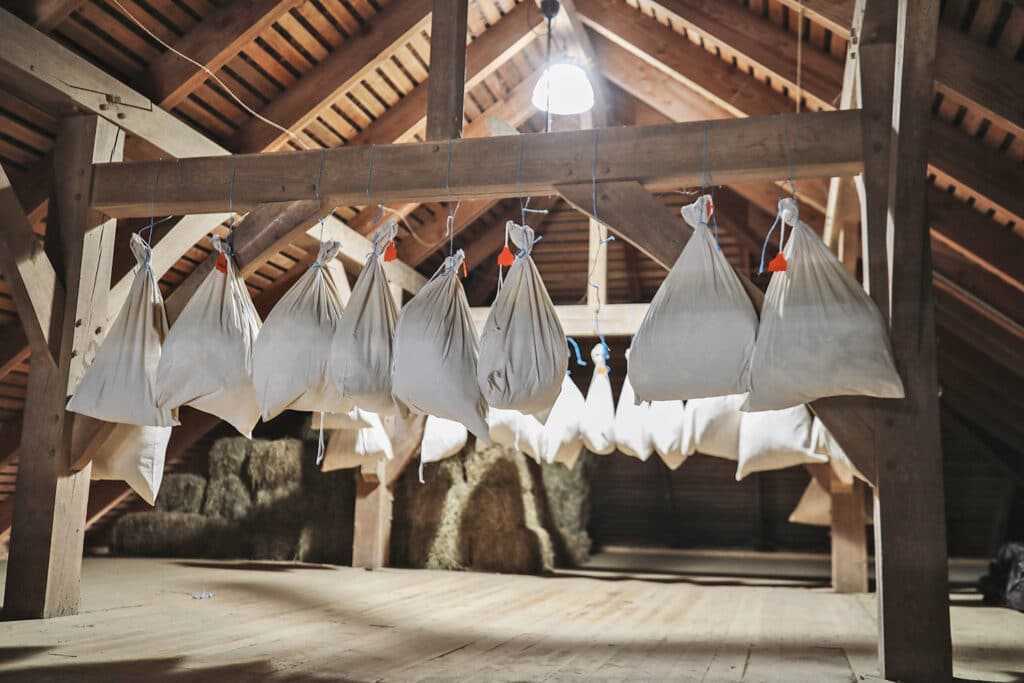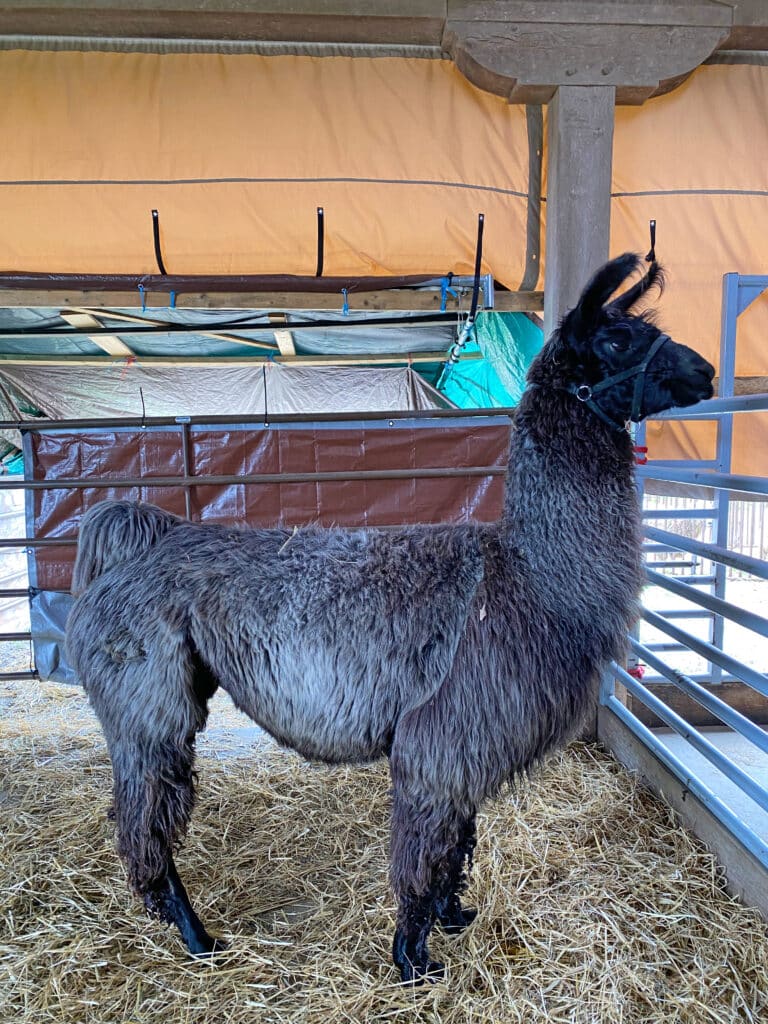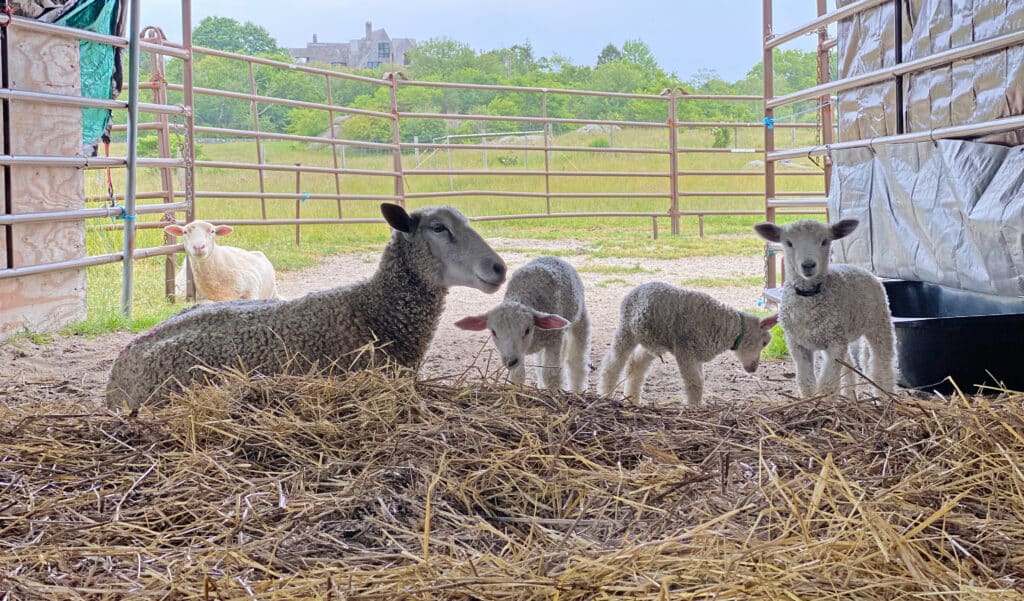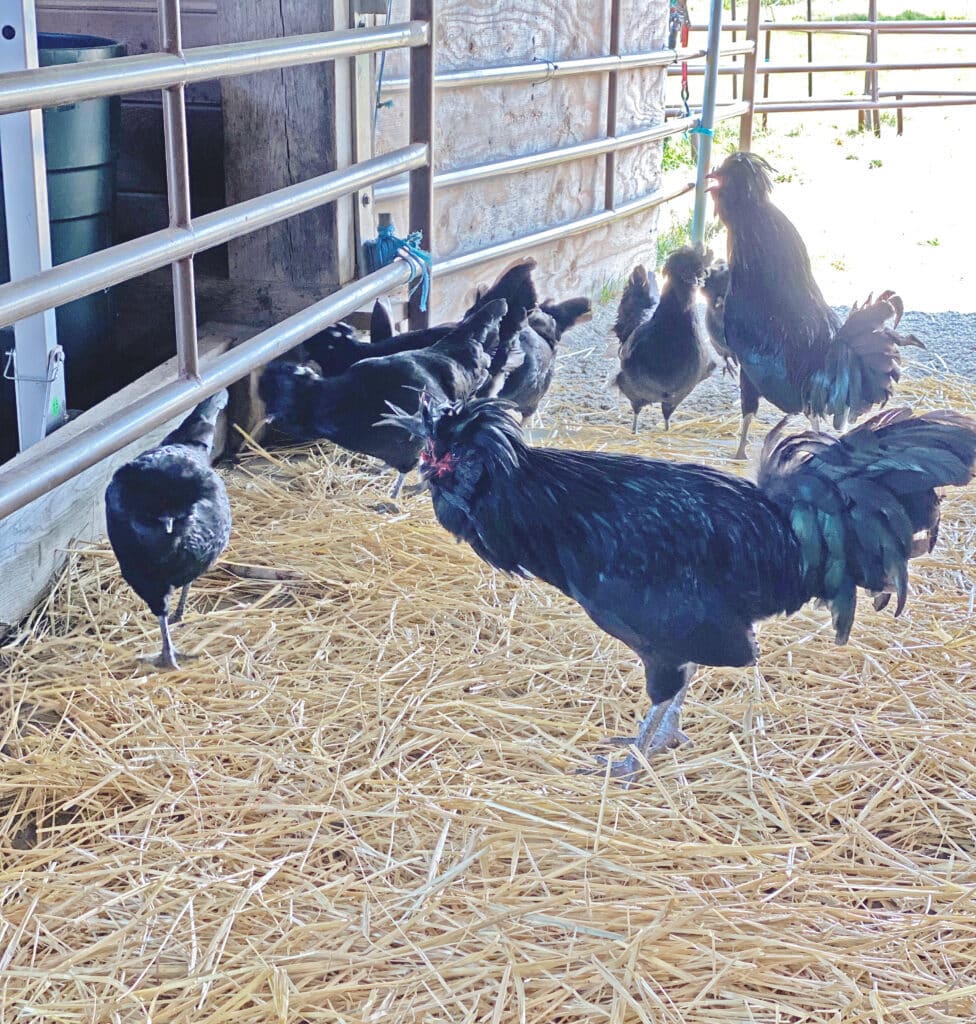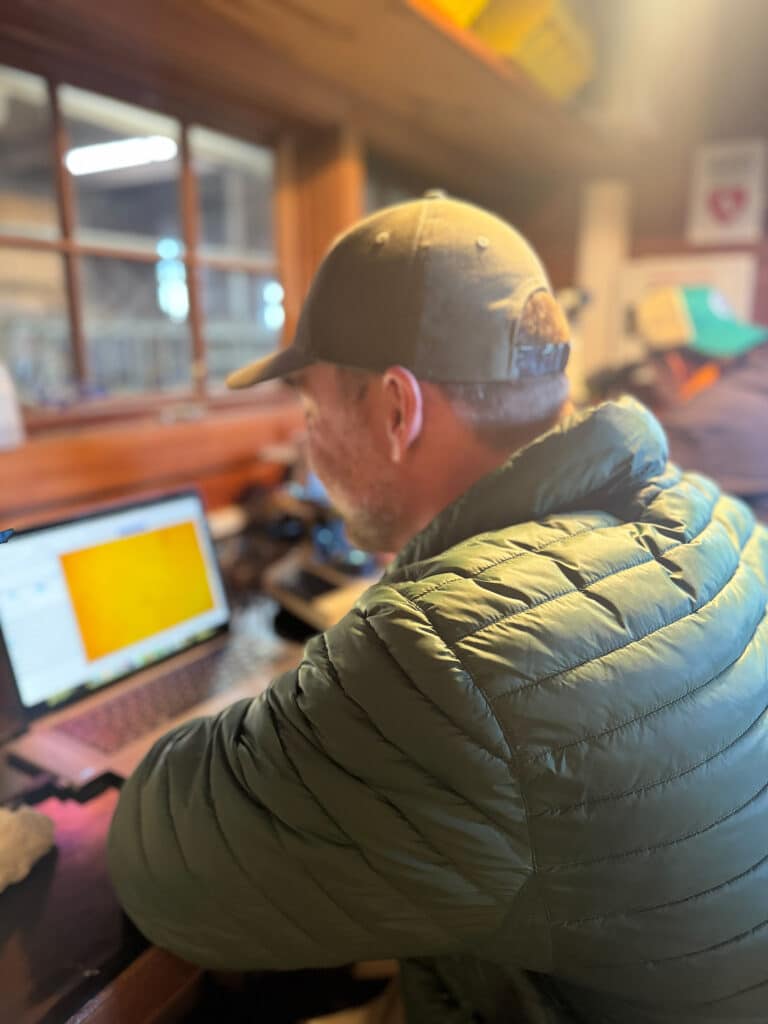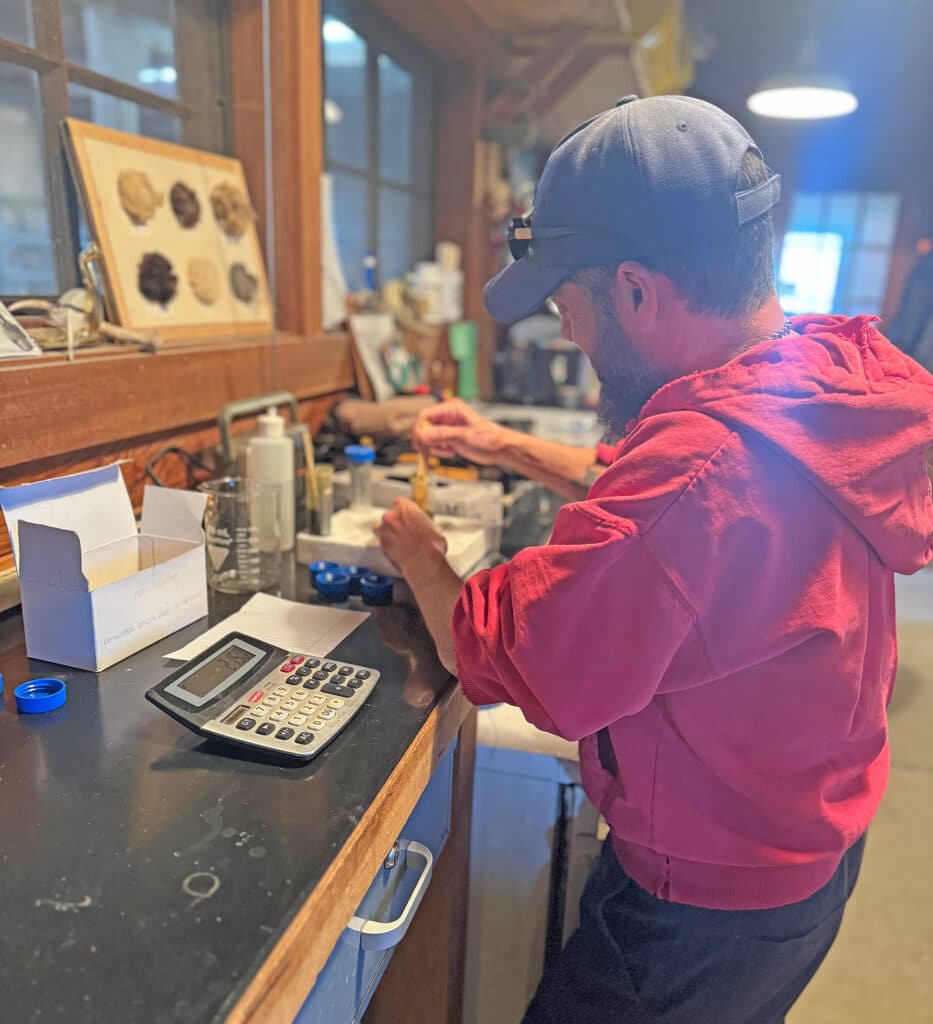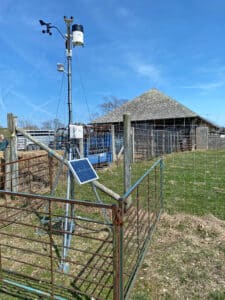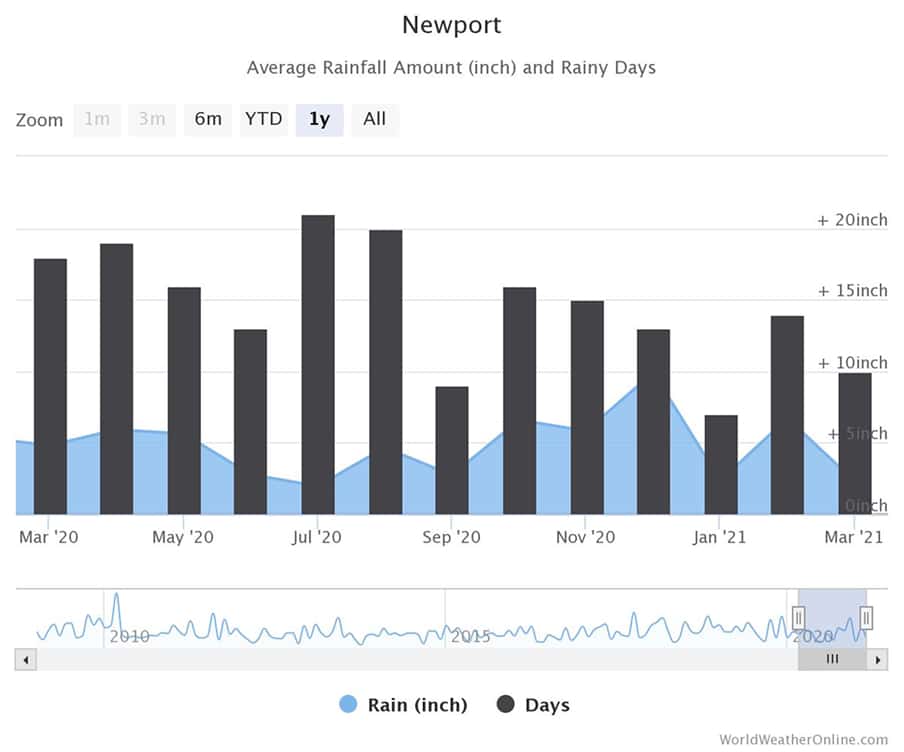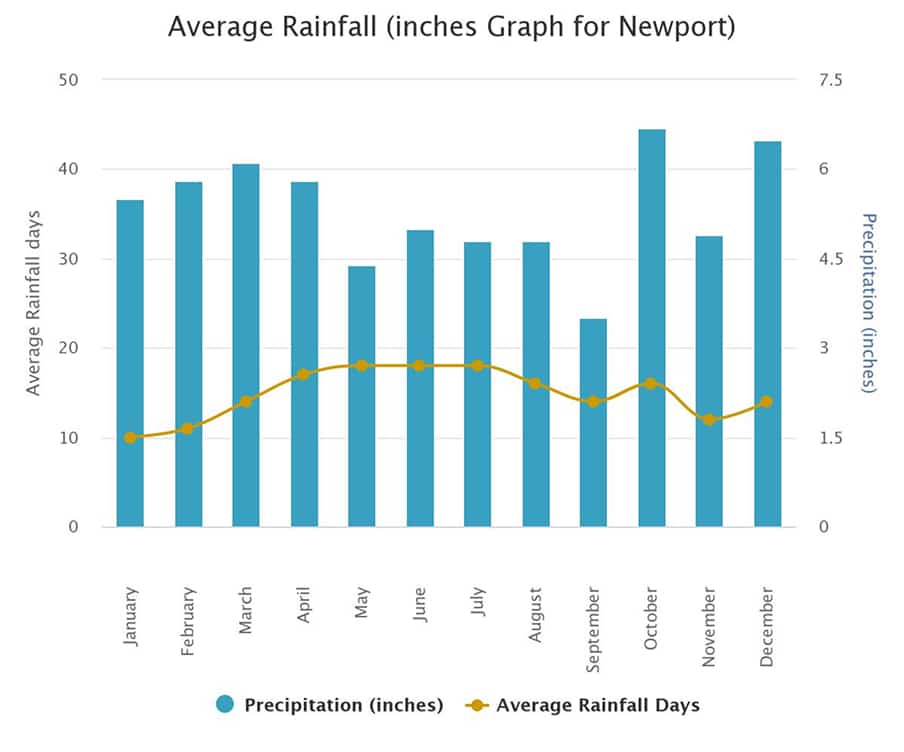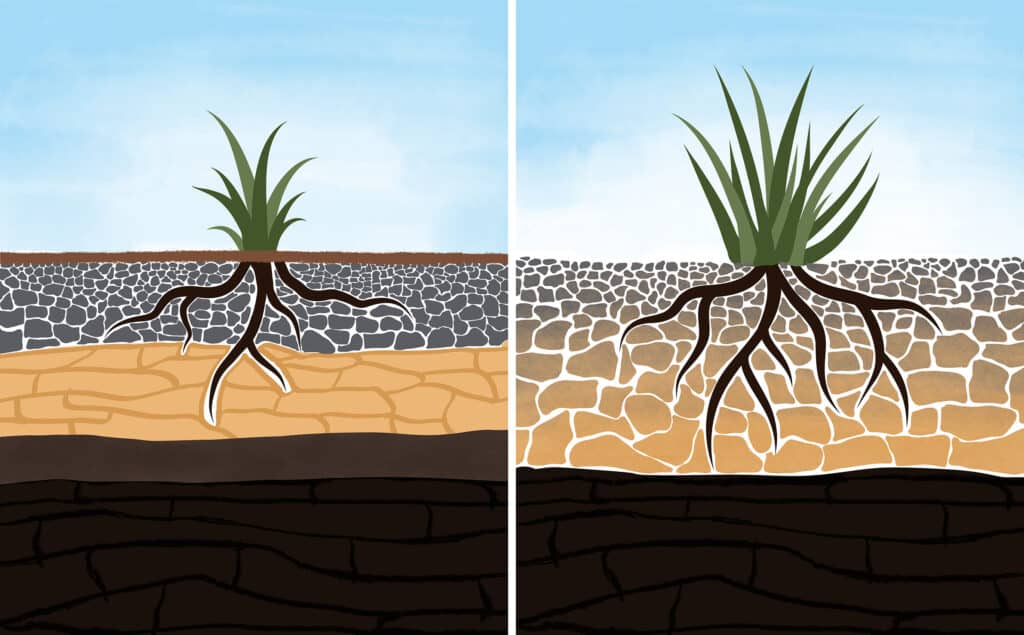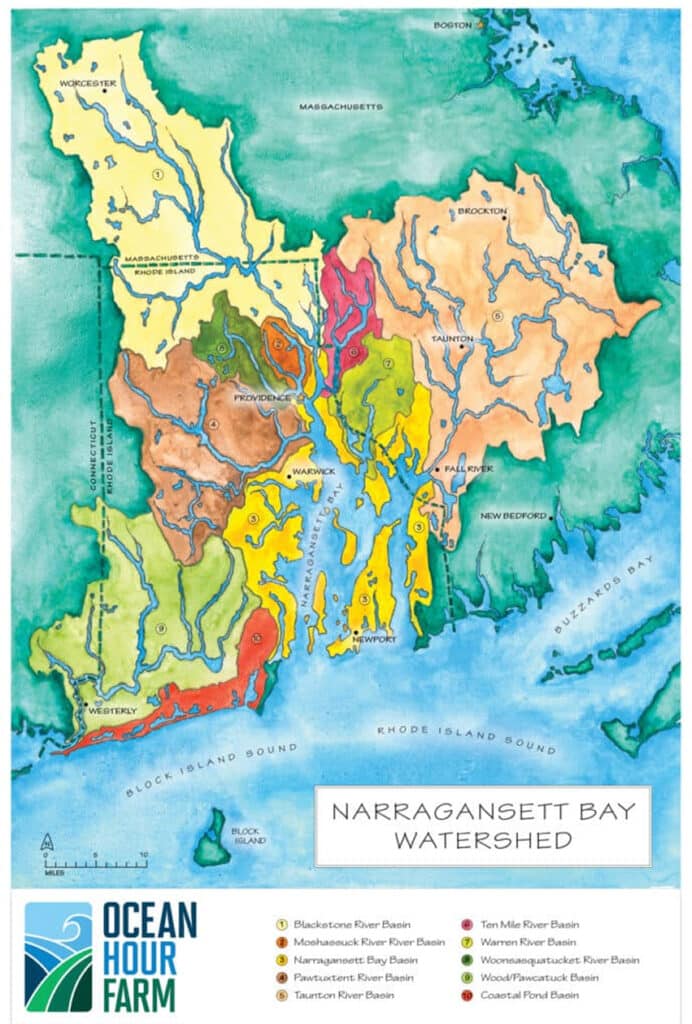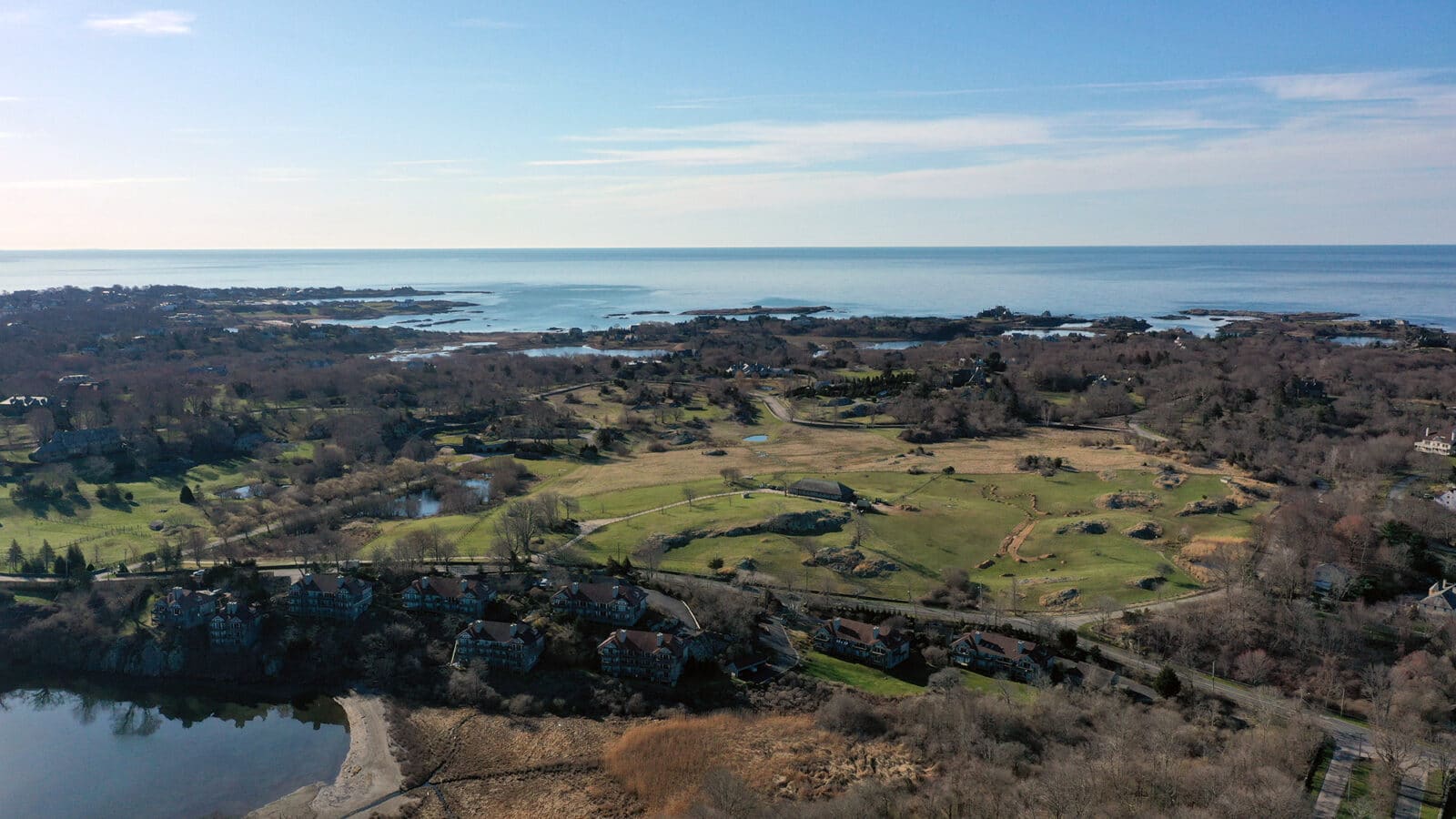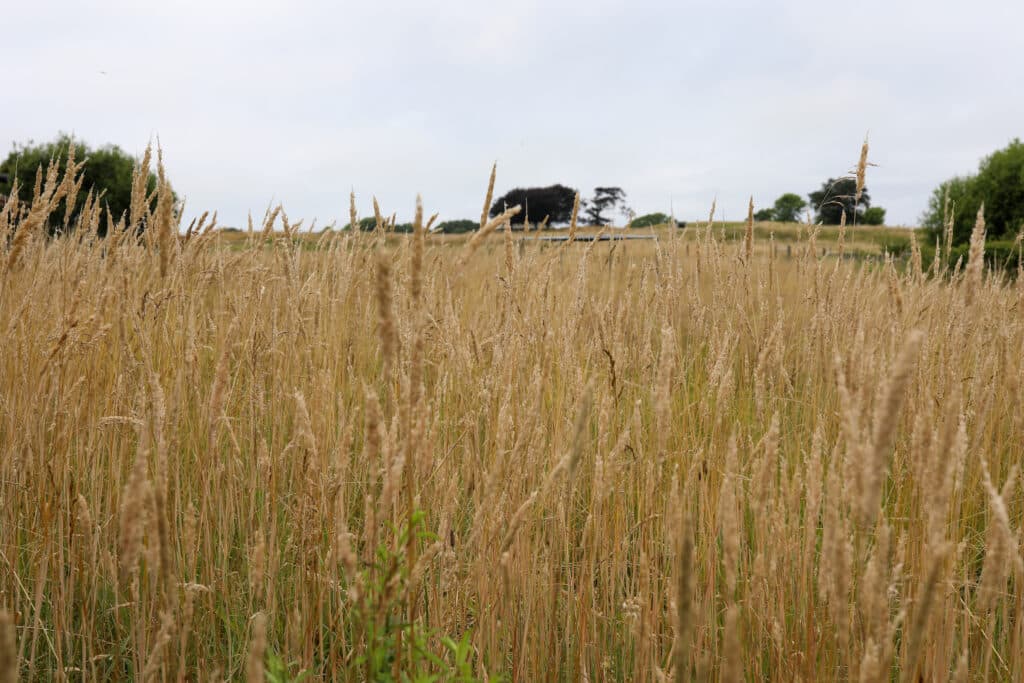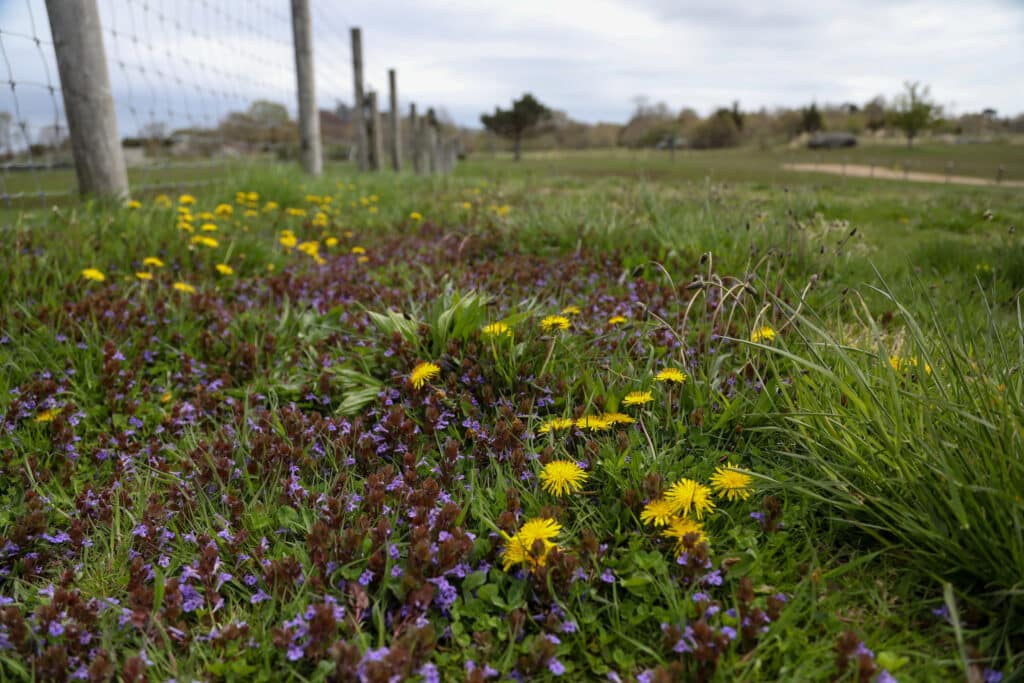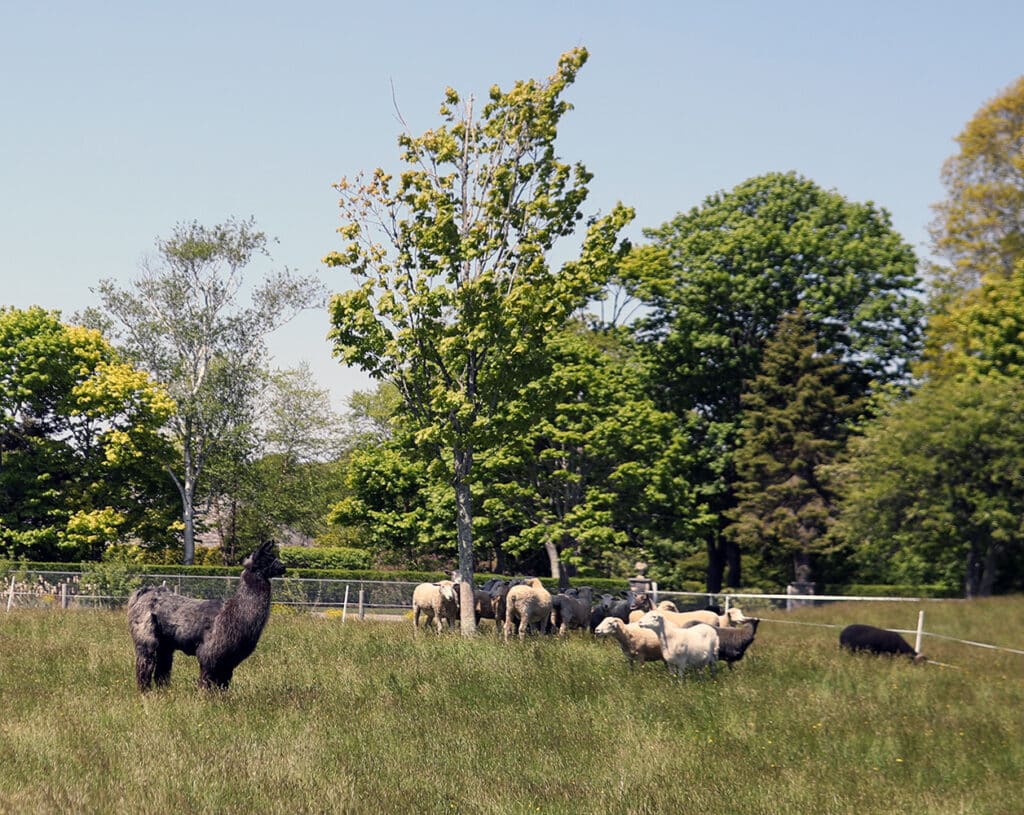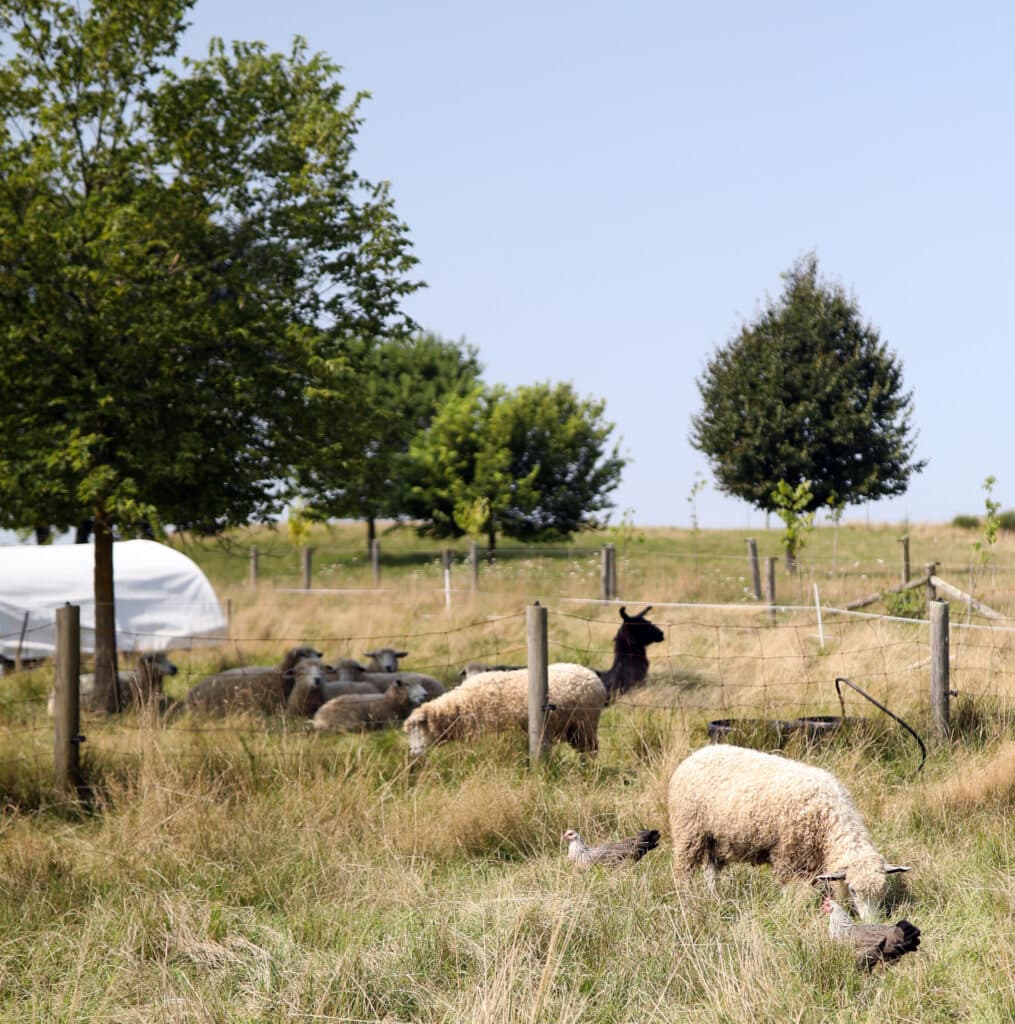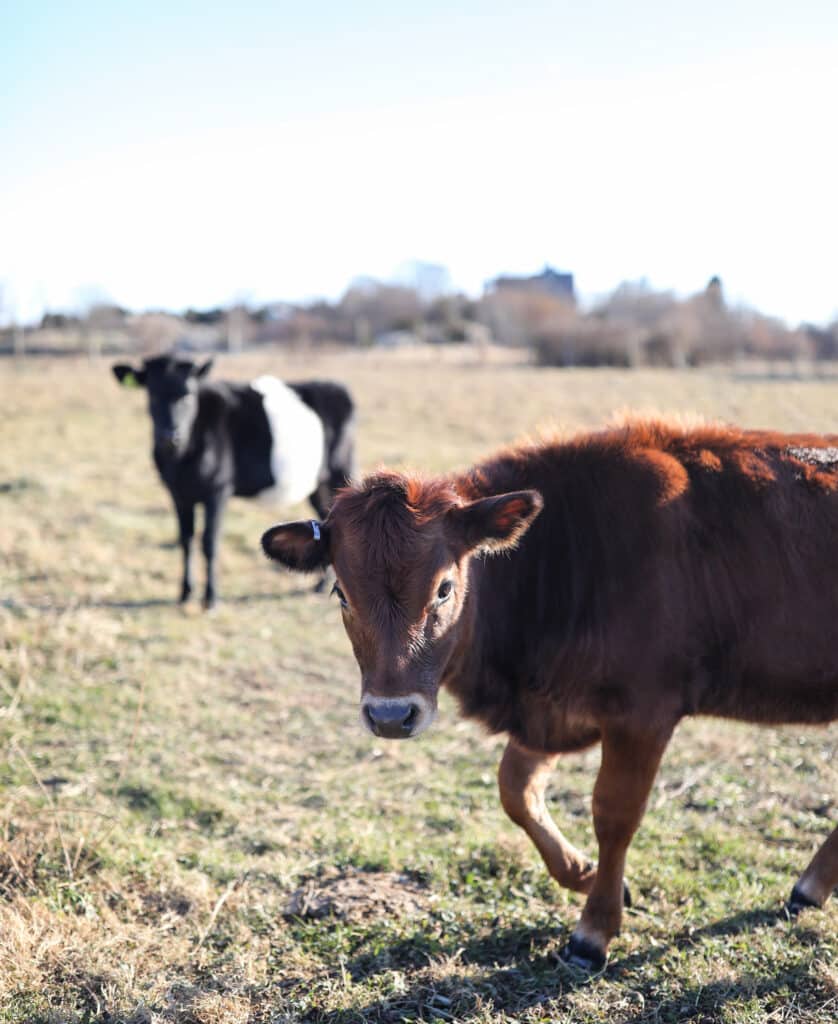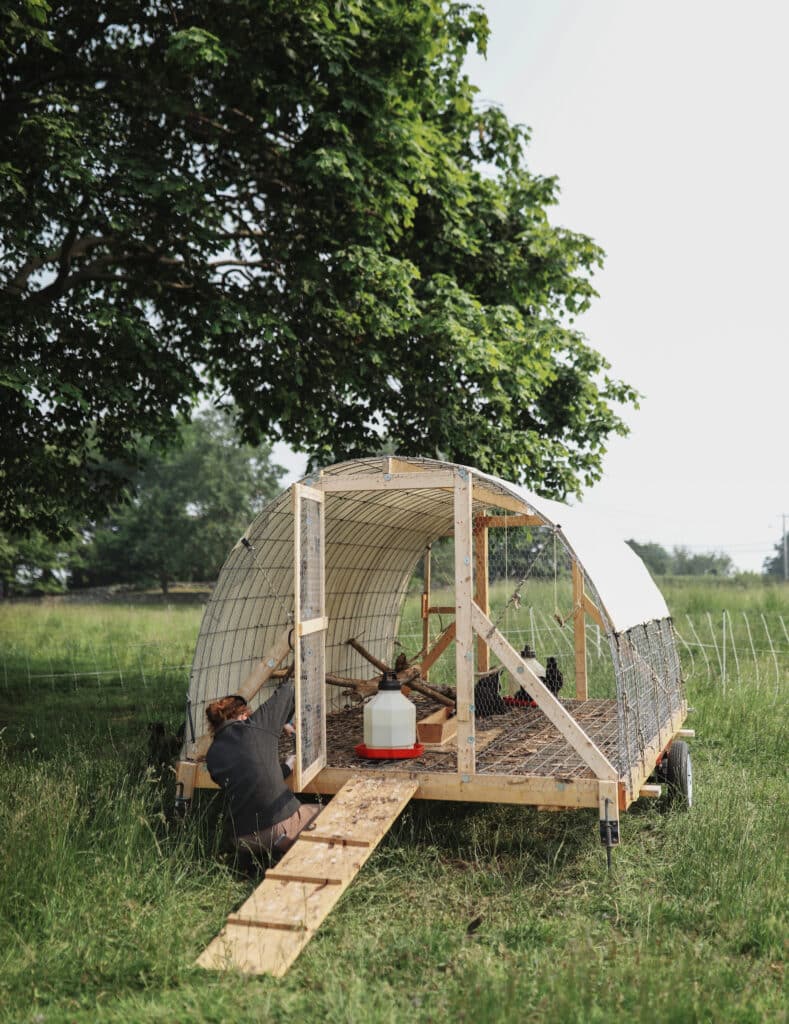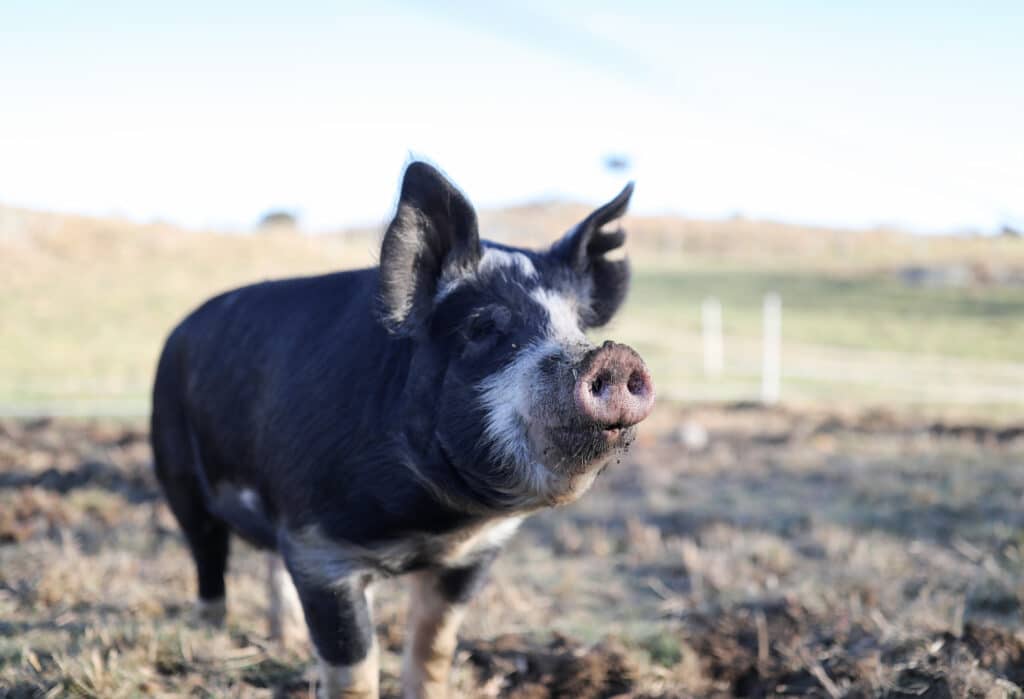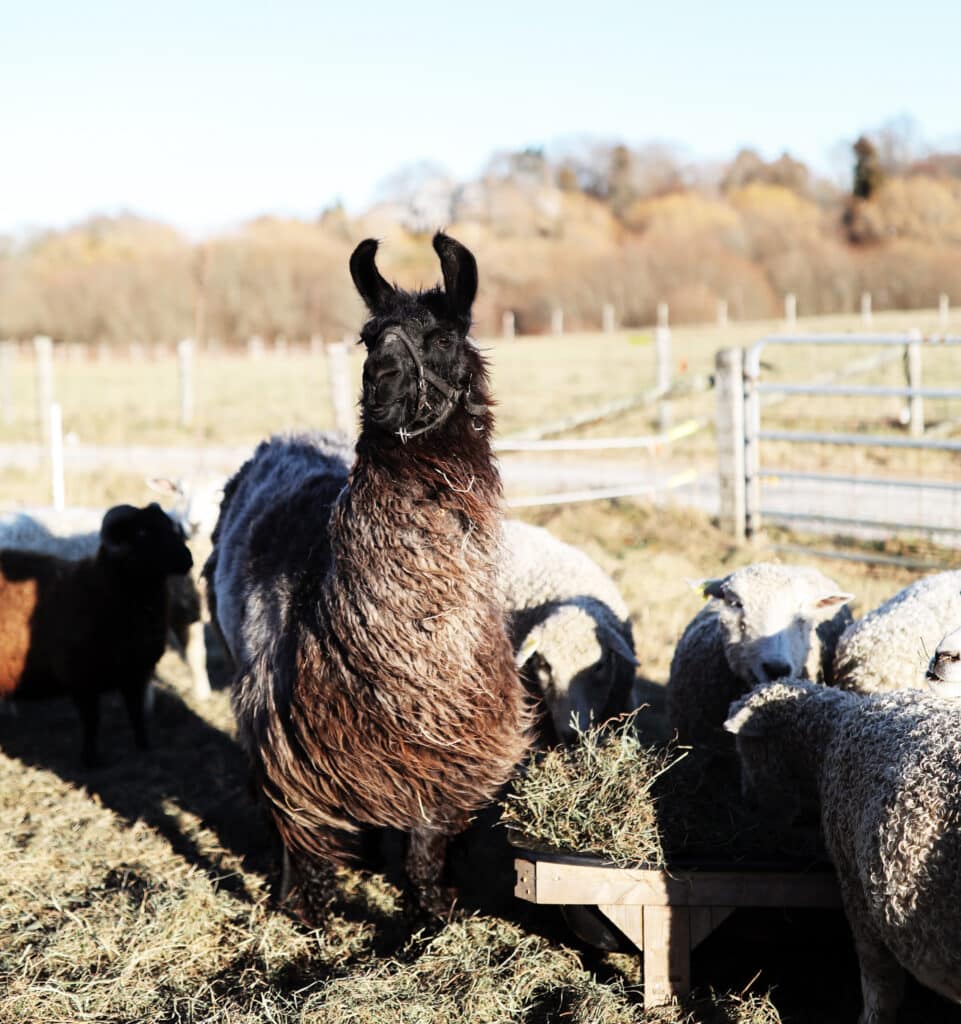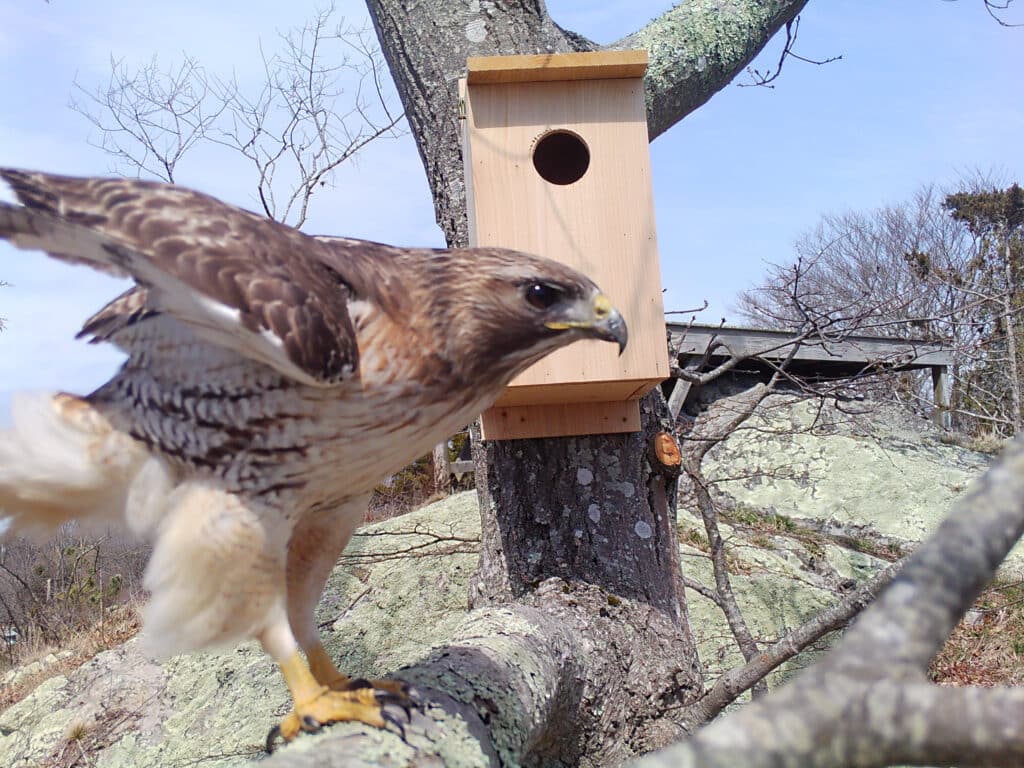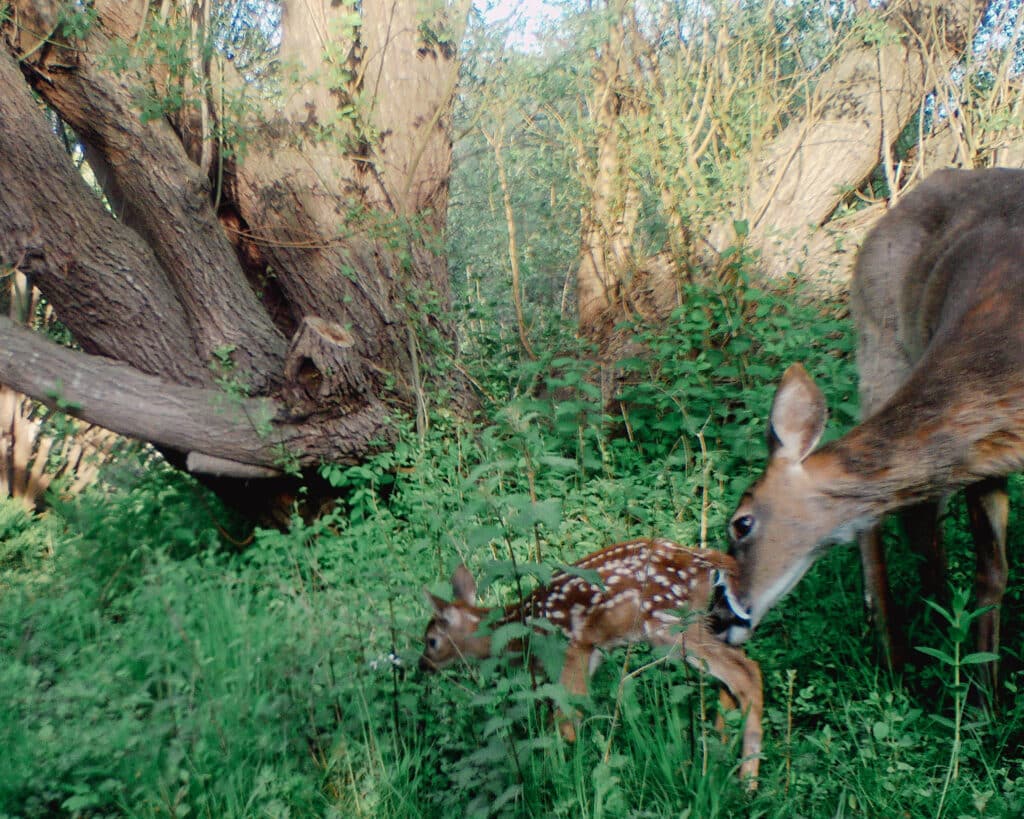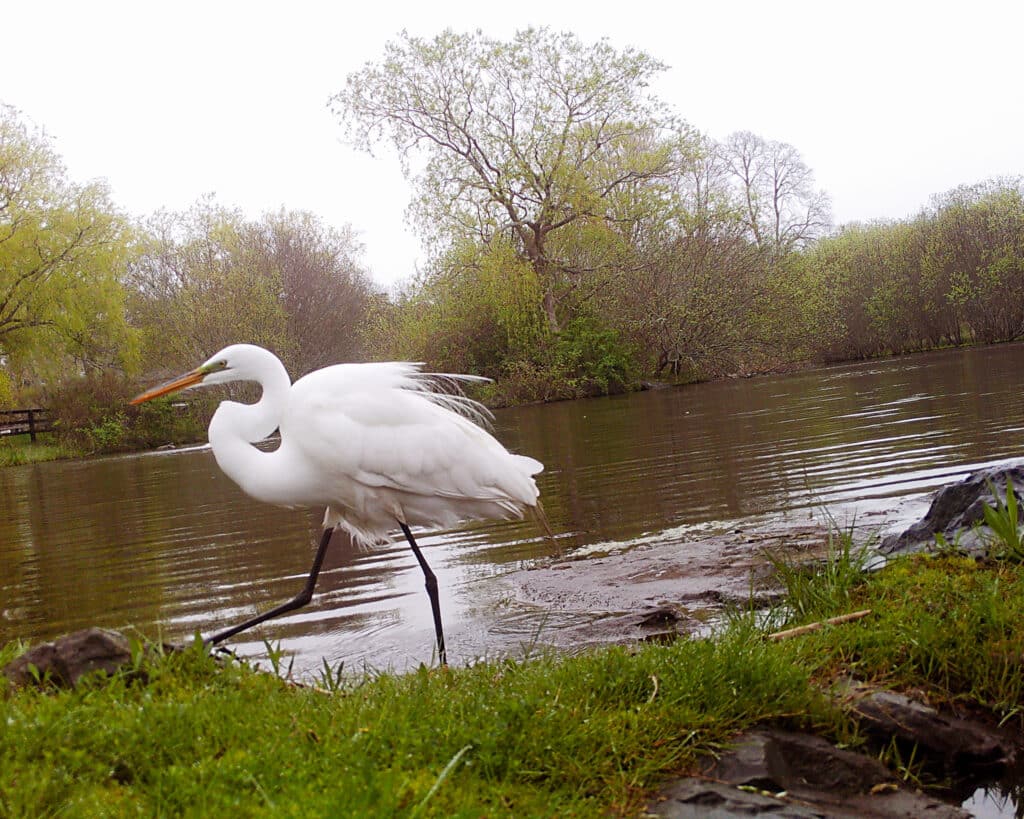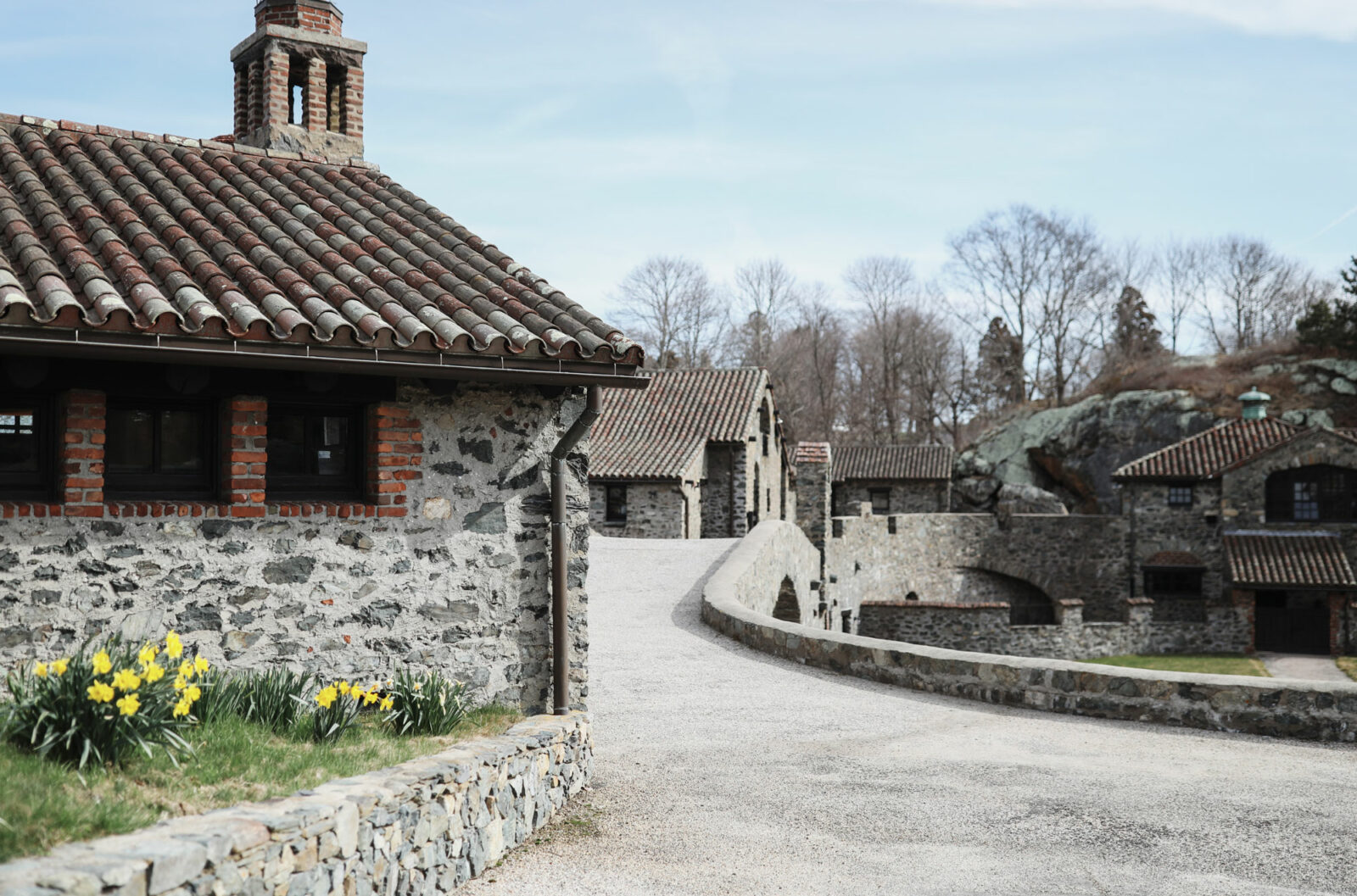Ocean Hour Farm has five biodiversity superstars. The presence of these species is an excellent representation of biodiversity and a healthy ecosystem. When present in an ecosystem, they balance the food web, demonstrate that a sensitive species can thrive, fulfill diverse niches, regulate pests, contribute to healthy soils, and limit disease.
These five species have roles that create a self-sustaining system that contributes to ecological health and the core practices behind regenerative farming.
THE 5 SUPERSTAR CRITTERS ON OUR FARM

Hoary Bat
The hoary bat, a critically imperiled mammal, is a vital indicator of a thriving ecosystem. As expert insect hunters, they play a crucial role in pest control, targeting mosquitoes and other nocturnal insects when daytime predators are inactive.
Their presence signals a healthy, balanced landscape, as these bats are highly sensitive to habitat loss and depend on low-pesticide environments to thrive. By consuming insects, hoary bats protect plants and trees from harmful pests, while they, in turn, rely on diverse local flora for safe roosting sites.

Coyote
Coyotes are a keystone species, playing a critical role in maintaining ecological balance. In ecosystems without traditional apex predators, they regulate populations of smaller mammals like voles, rats, and mice, reducing the spread of diseases. By preying on herbivores like rabbits, coyotes also help prevent overgrazing, promoting the growth of native plants and supporting biodiversity.
Coyotes also contribute to the food web by providing resources for scavengers like birds and insects. Their adaptability and presence in diverse habitats symbolize the resilience and interconnectedness of ecosystems, making them an important indicator of ecological health.

Vole
Voles are unsung heroes of the ecosystem, driving soil health through their constant digging and tunneling. This activity not only aerates the soil but also enhances water retention, creating ideal conditions for plant growth. By dispersing seeds and organic matter through their droppings, voles actively contribute to the regeneration of plant life. When they become prey, voles transfer the energy they’ve stored from plants back into the food web, linking soil, vegetation, and predators in a seamless ecological cycle.

Wild Turkey
Wild turkeys play an important role in controlling tick populations, as they consume ticks during their daytime foraging. This natural pest control helps reduce the spread of Lyme disease, benefiting both humans and wildlife, including deer populations. By limiting the prevalence of ticks, turkeys contribute to healthier ecosystems and reduce the risks associated with vector-borne diseases.

Opossum
Opossums are allies in pest control, known for their voracious appetite for ticks. As they forage and groom themselves, opossums consume thousands of ticks annually, significantly reducing tick populations and lowering the risk of Lyme disease for both humans and wildlife. Their role as nature’s clean-up crew extends beyond ticks, as they also scavenge and recycle organic matter, contributing to overall ecosystem health.
The Importance of Biodiversity
Ocean Hour Farm relies on biodiversity to create self-sustaining systems. When protected or fostered, these species demonstrate how nature can often perform essential functions in a safer, cheaper, more effective method than human-made alternatives. Protecting these animals and others within the ecosystem reduces the need for pesticides and monocropping.
Their survival highlights the interdependence of species within an ecosystem and the importance of conserving natural habitats.
The land supports animals by maintaining a biodiverse, pesticide-free, balanced ecosystem, providing food and shelter. The animals support the land as each species contributes vital, often niche, functions such as aeration, disease management, and nutrient cycling, benefiting the land in return.


